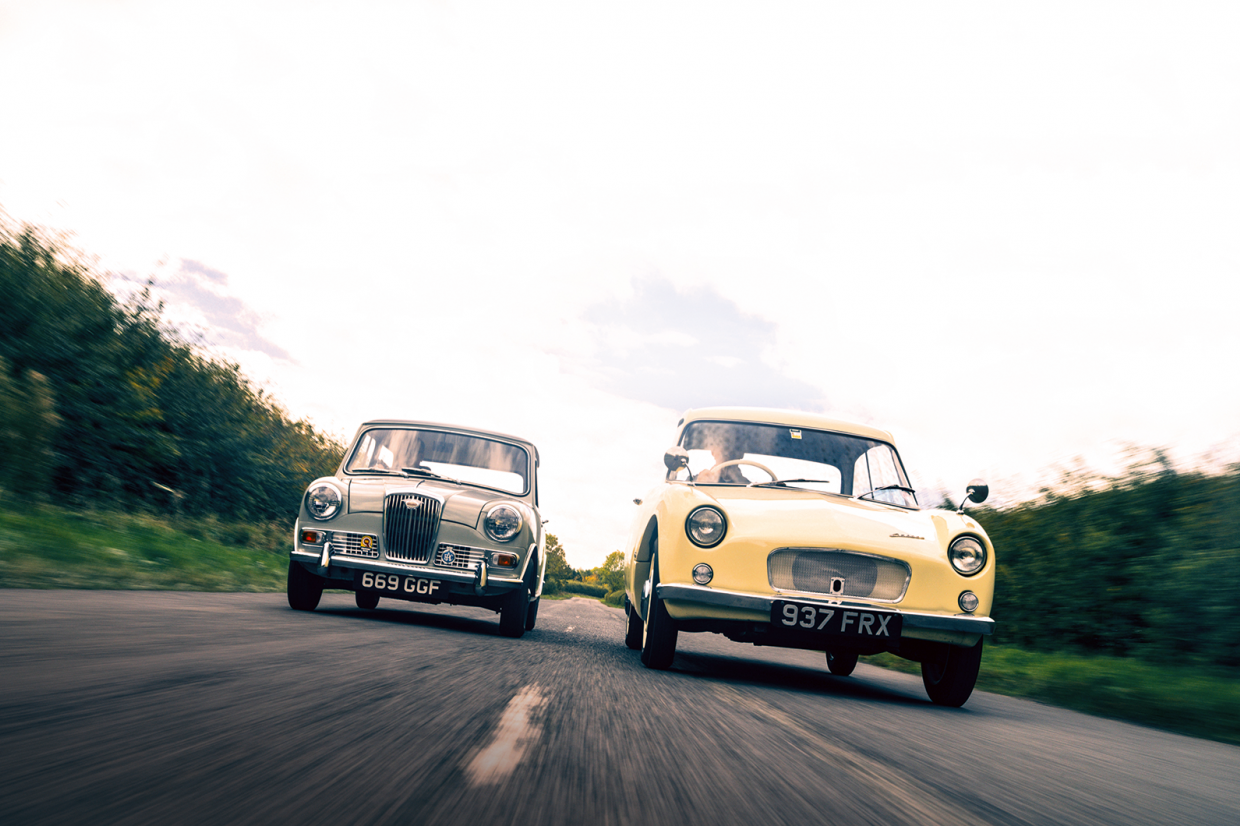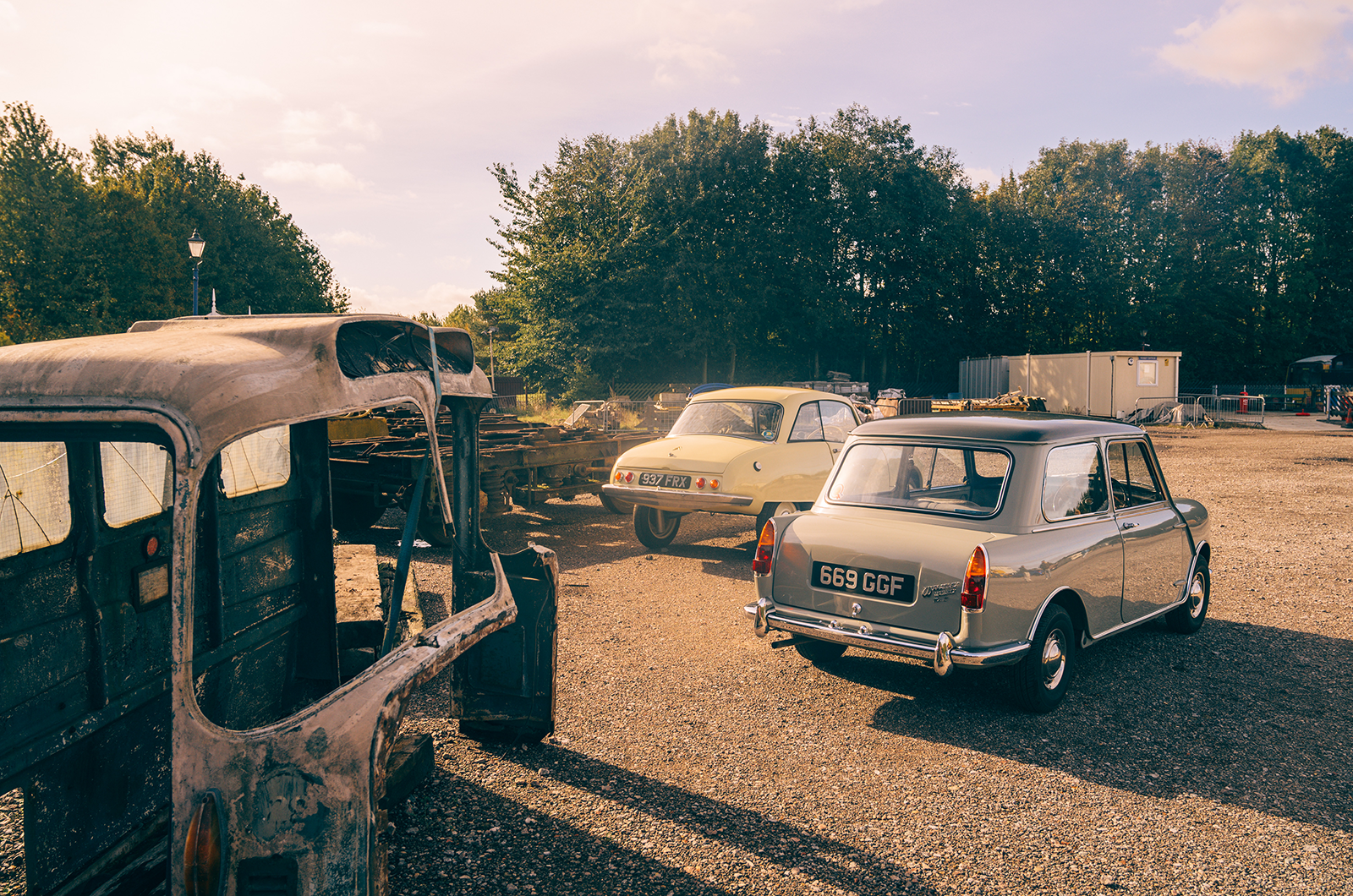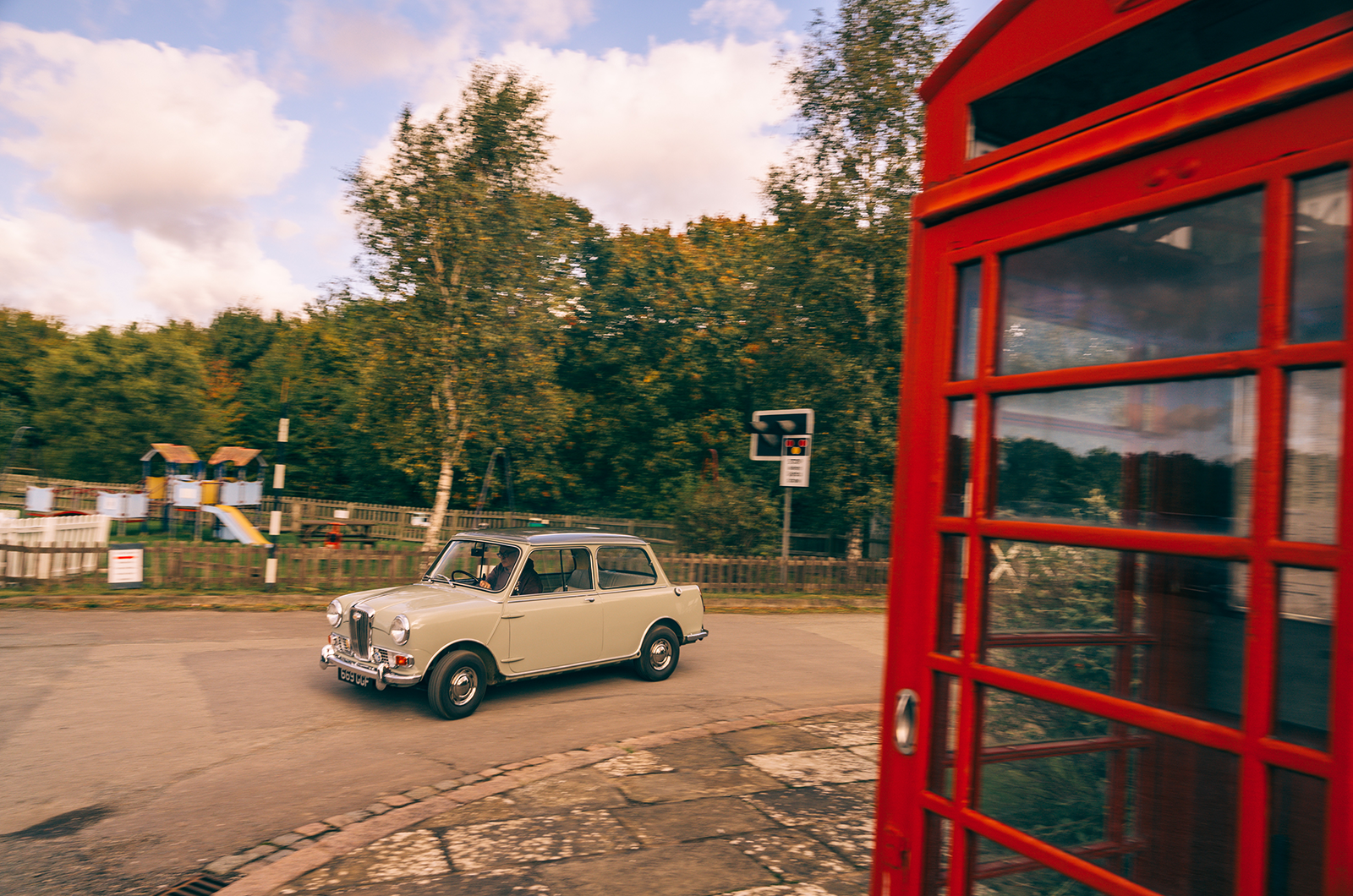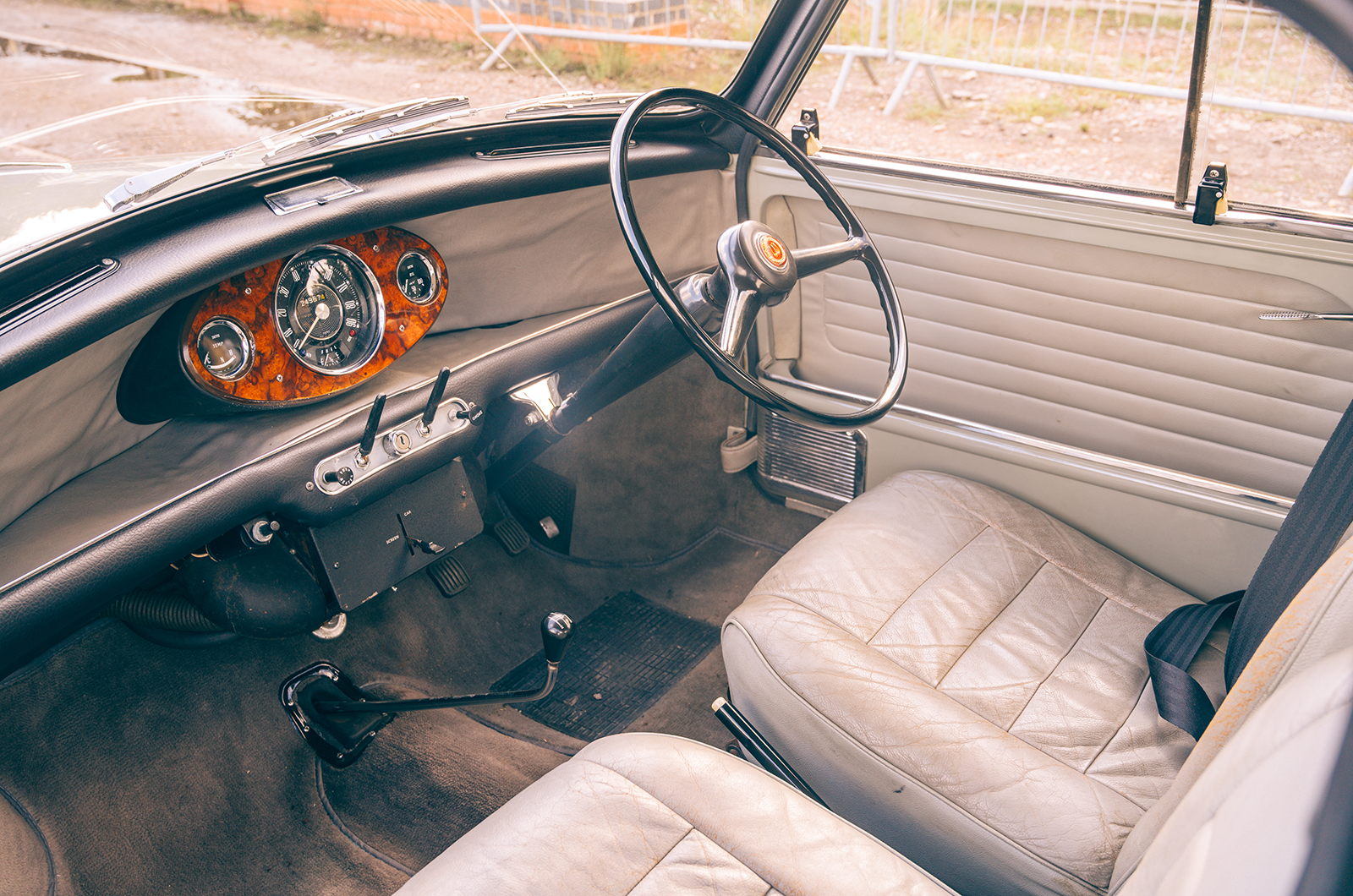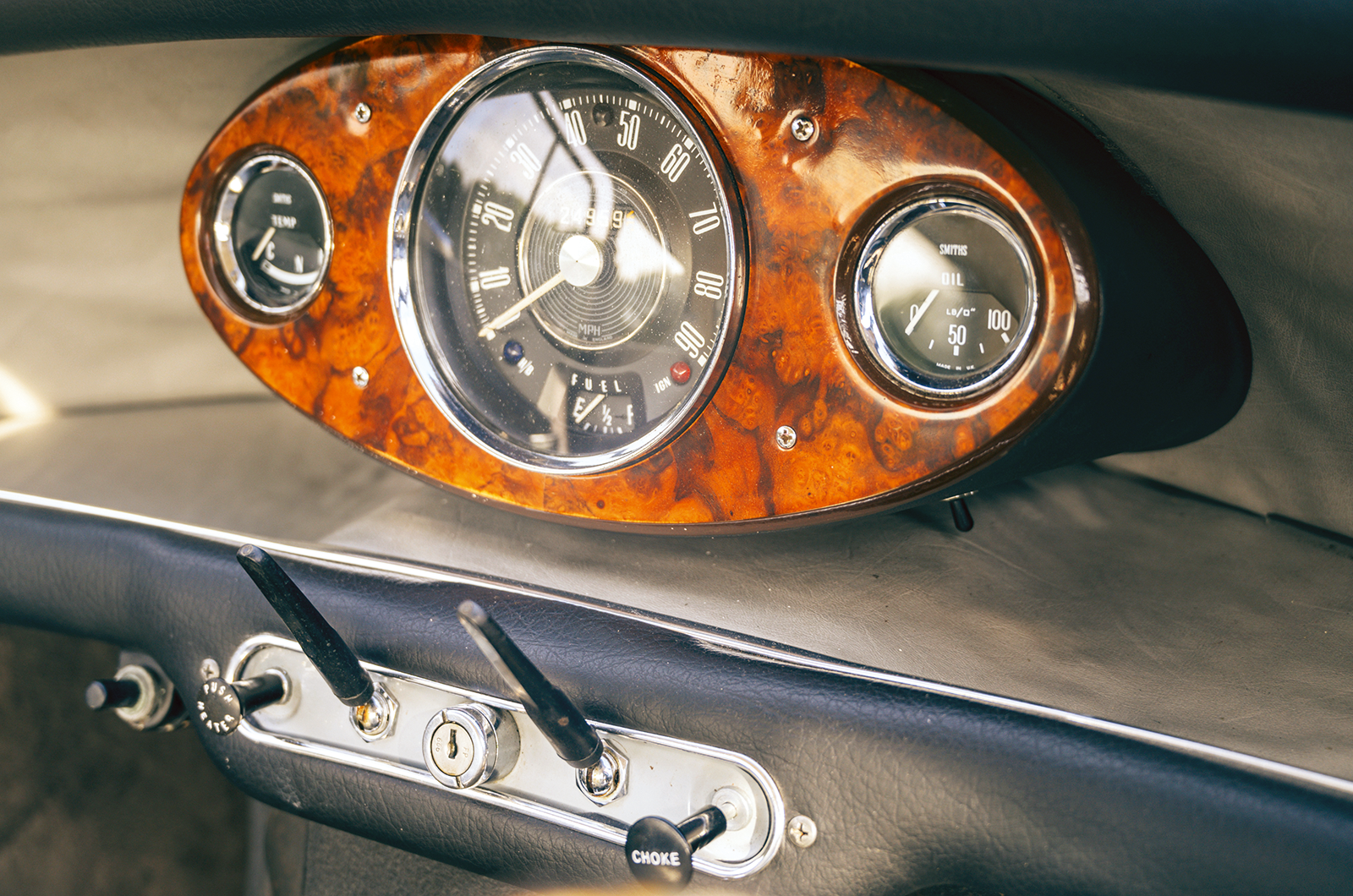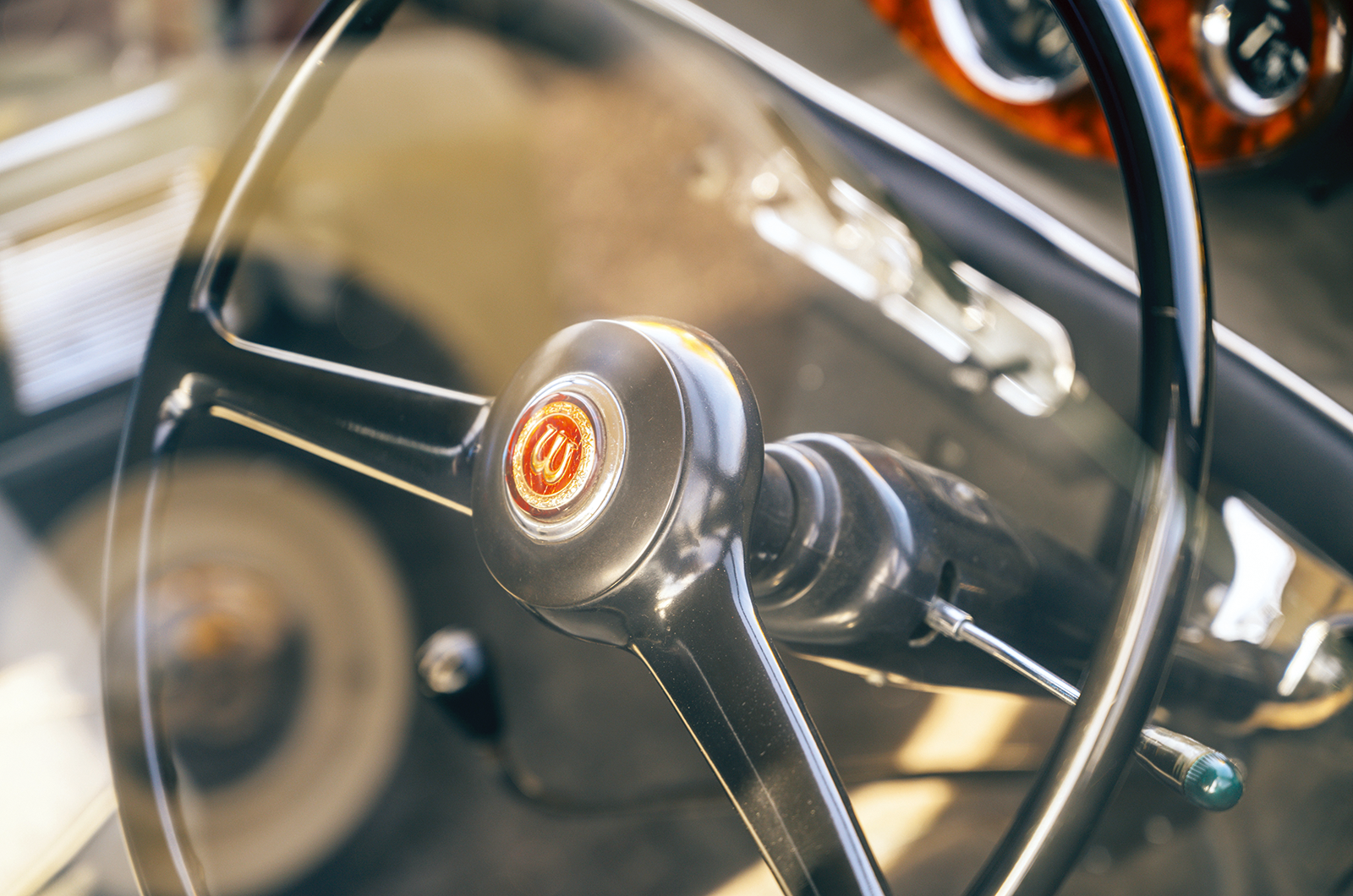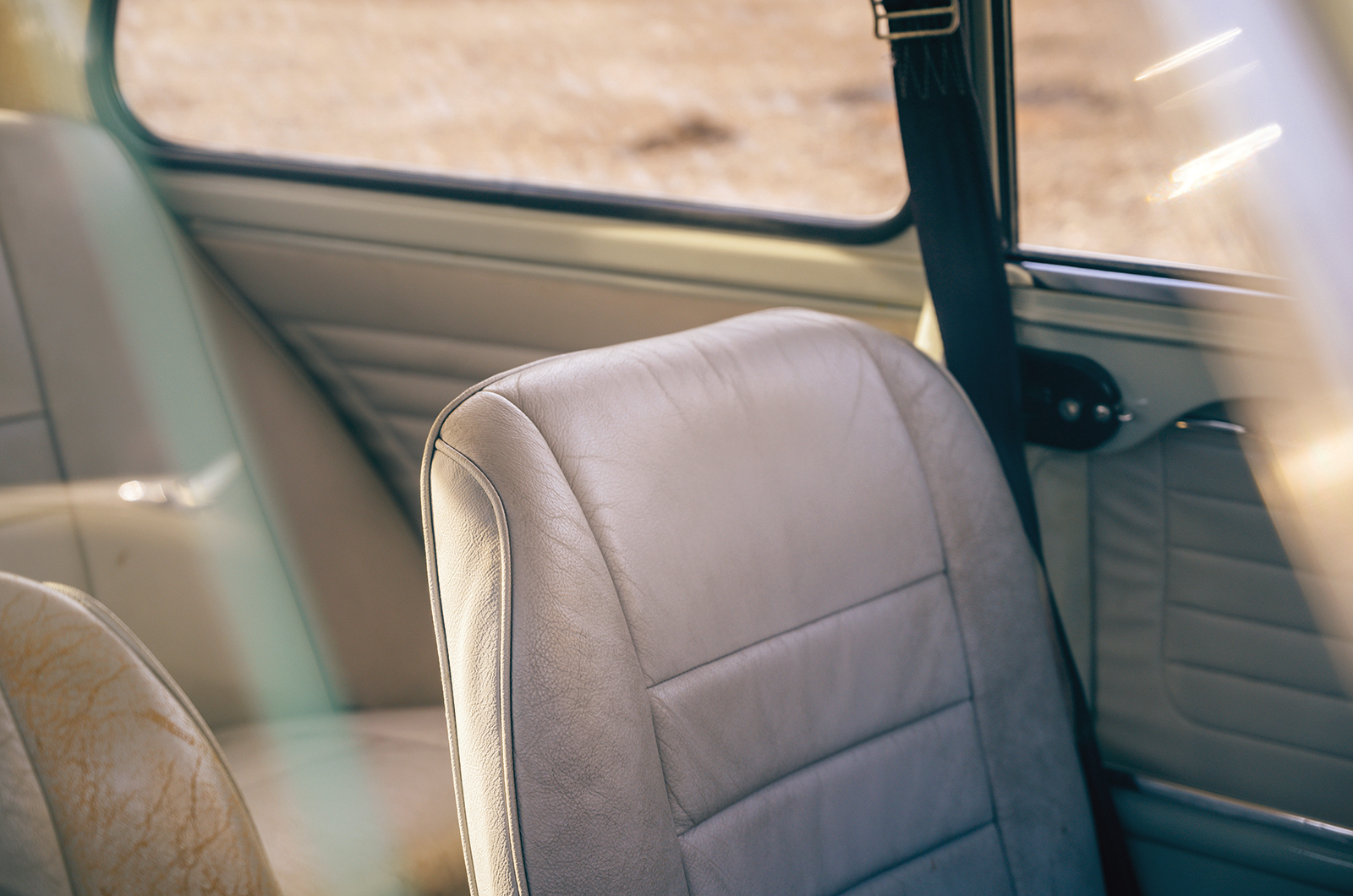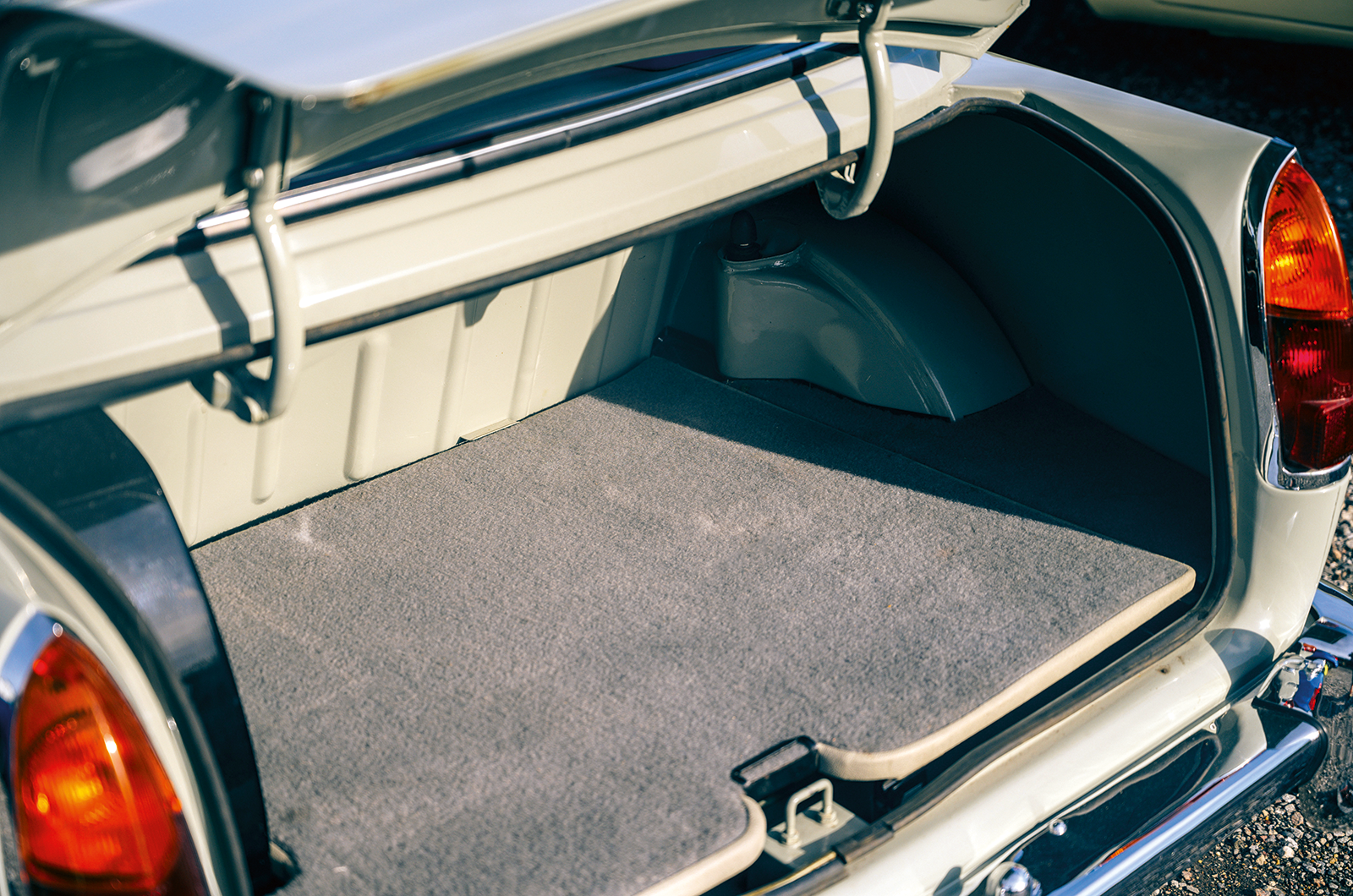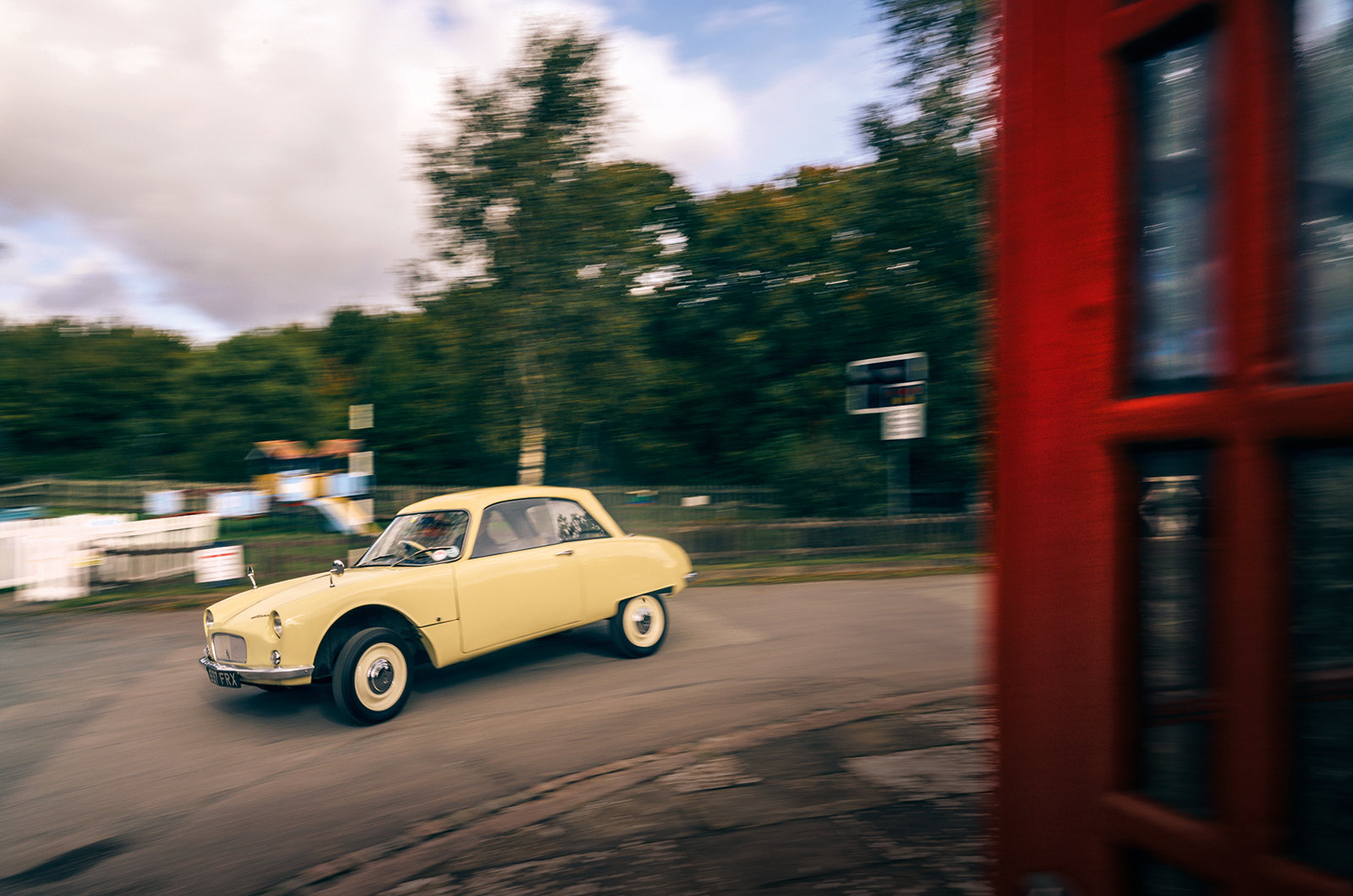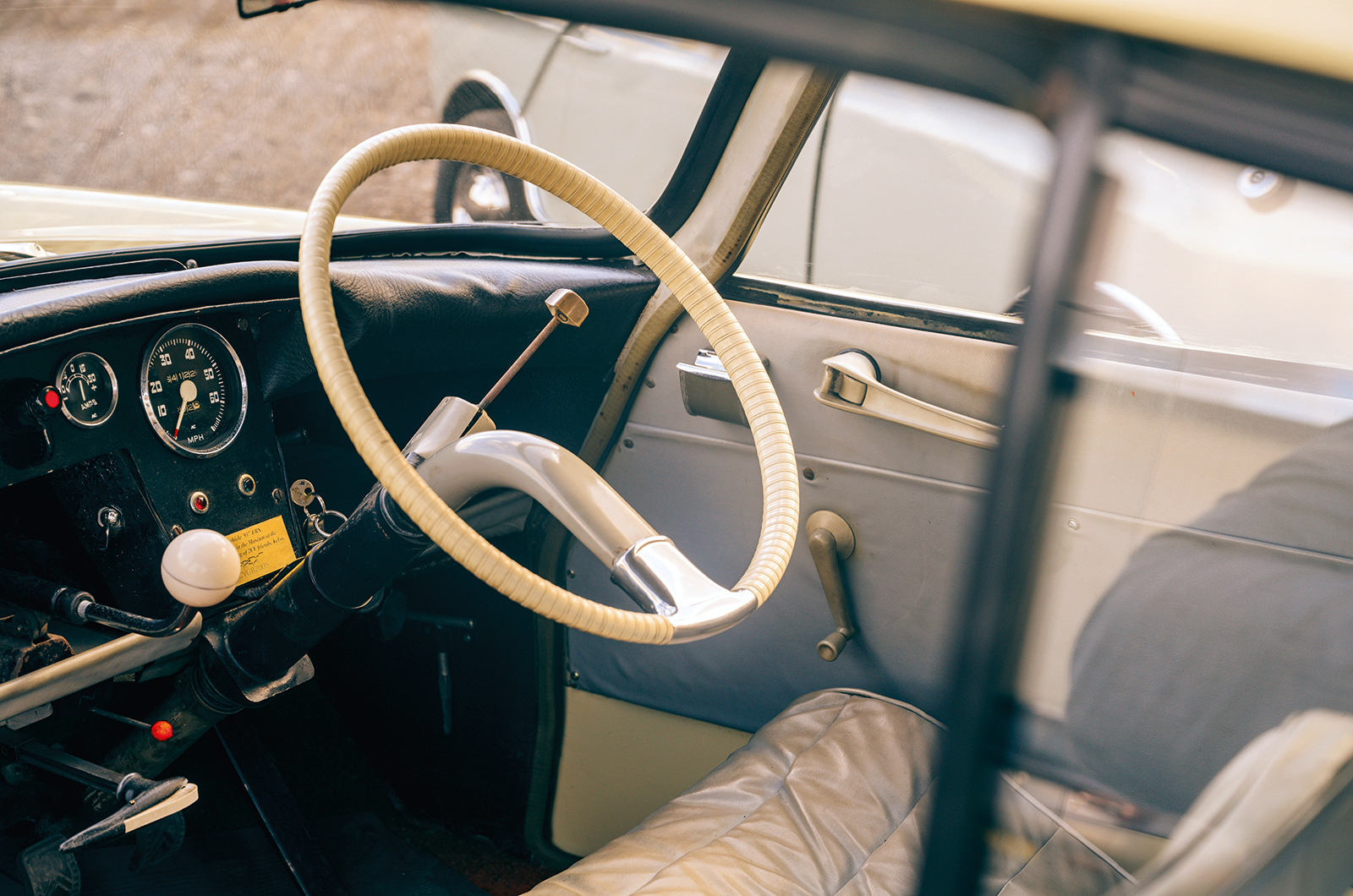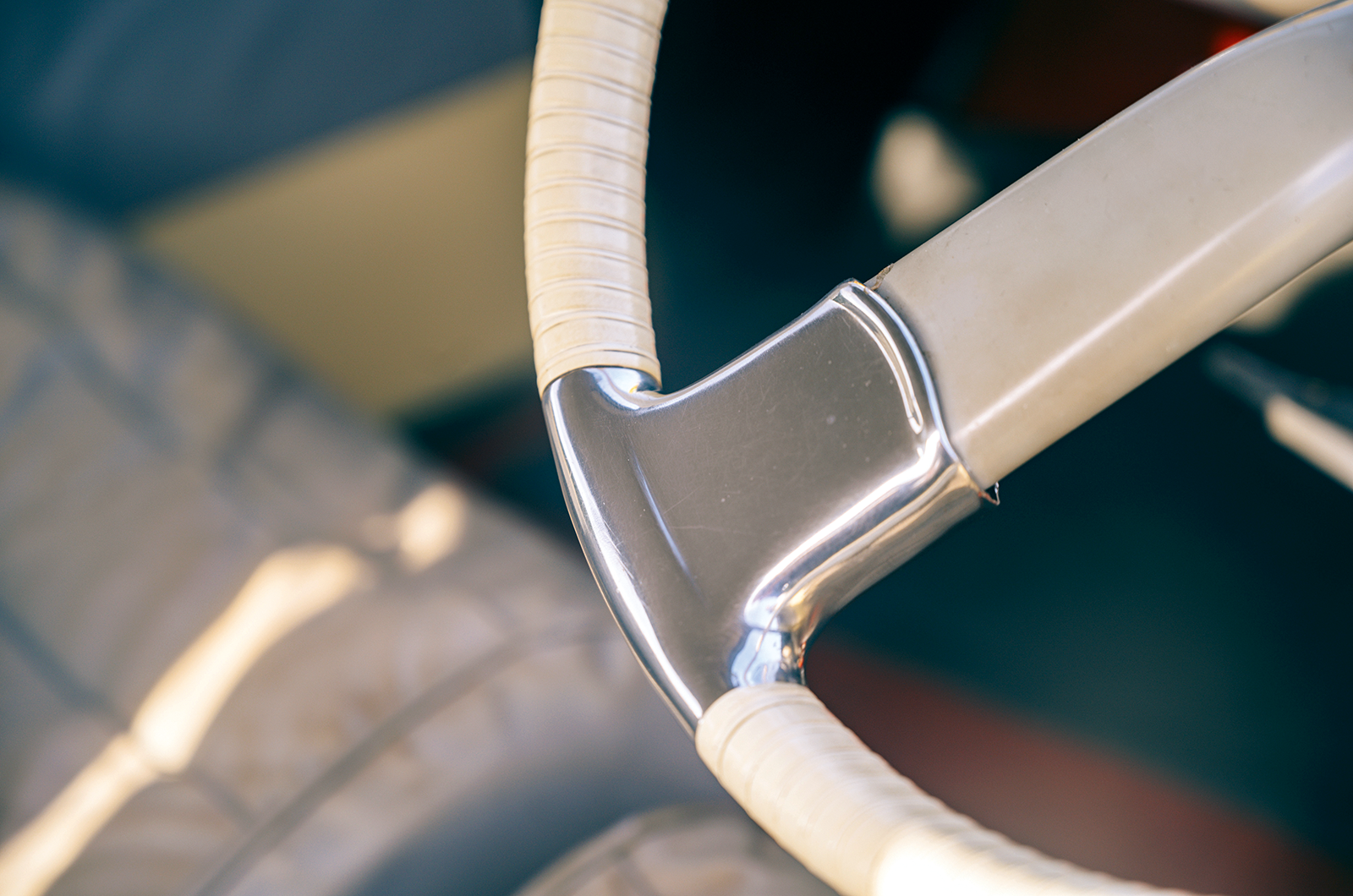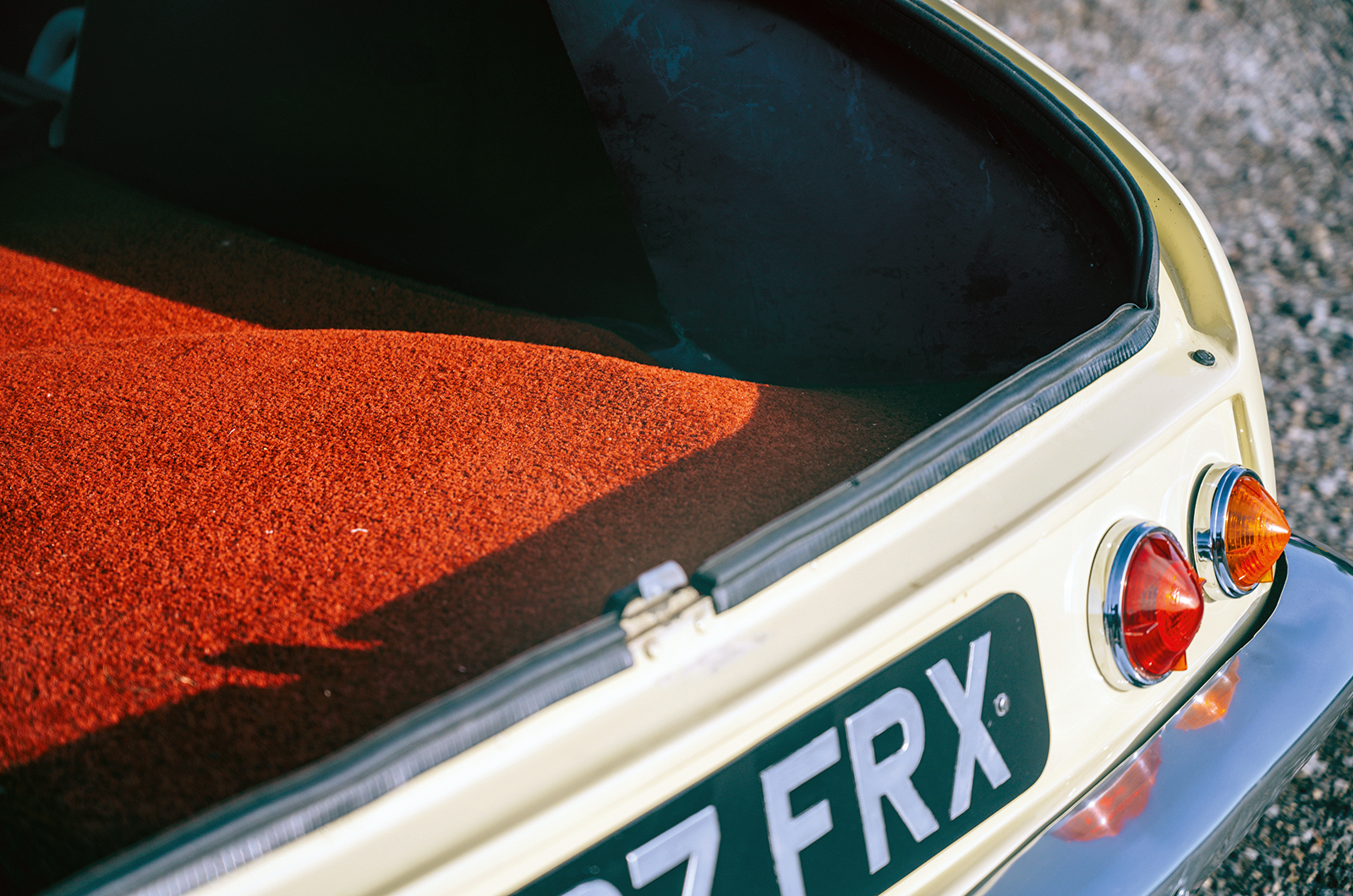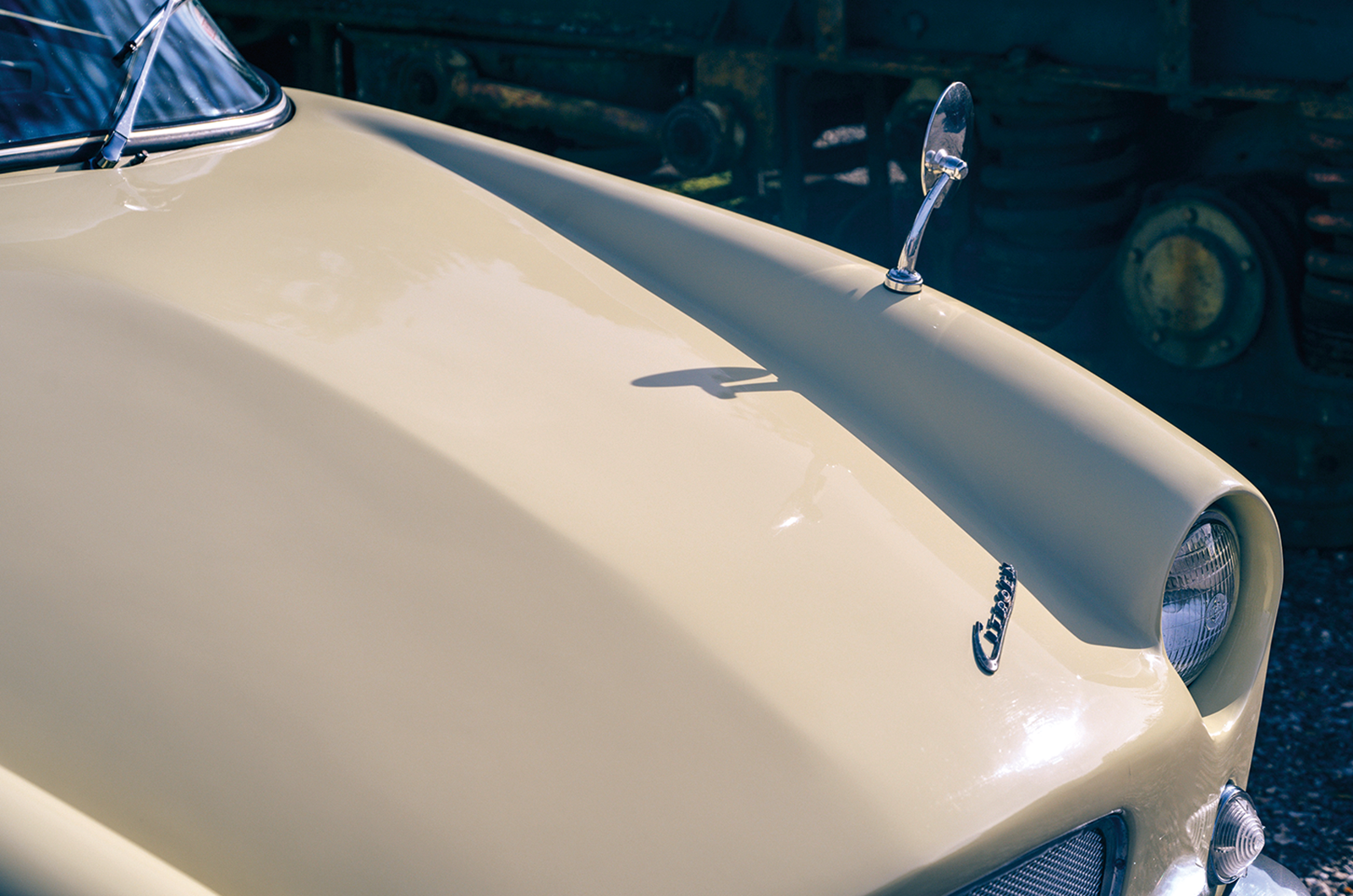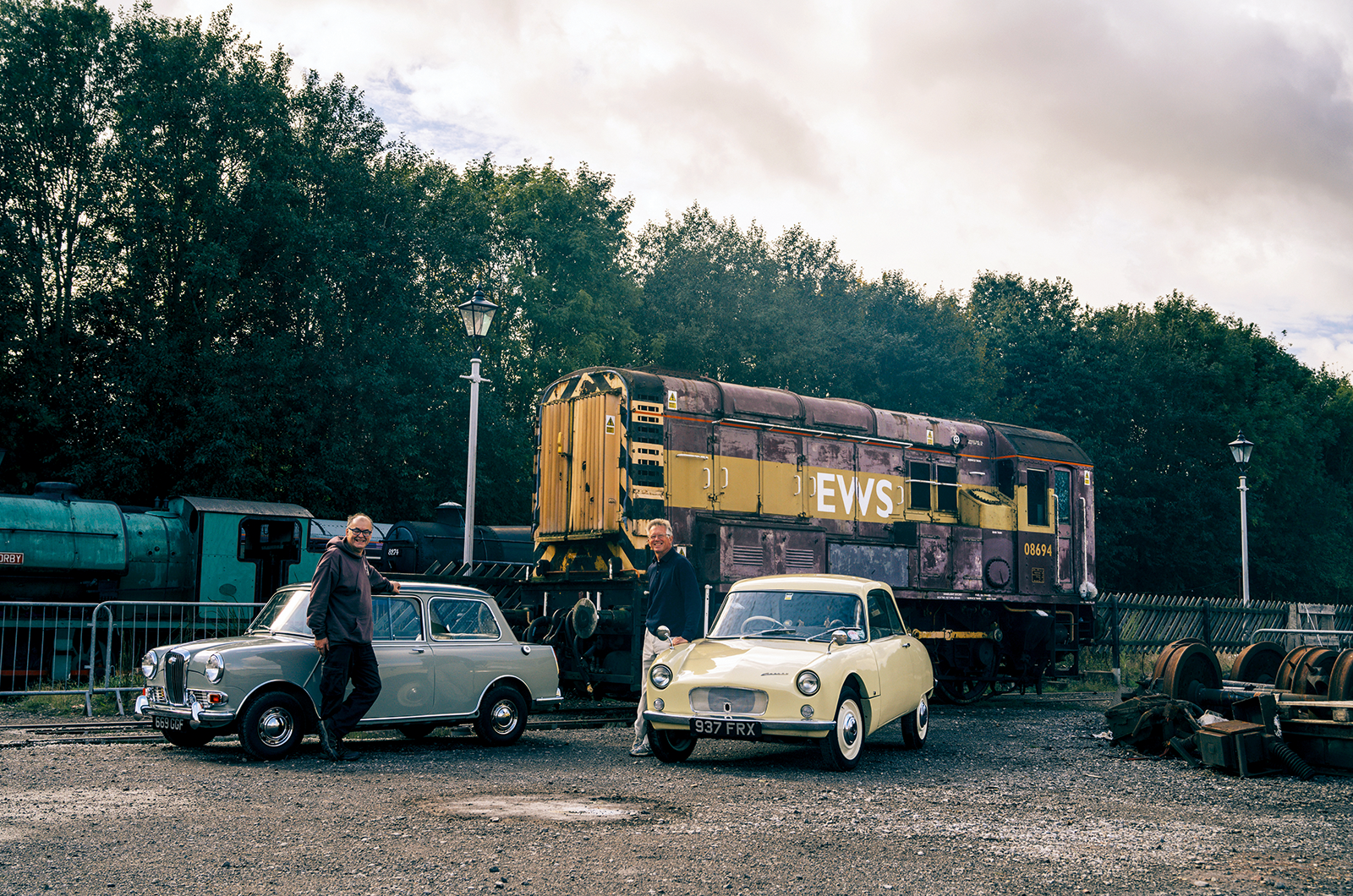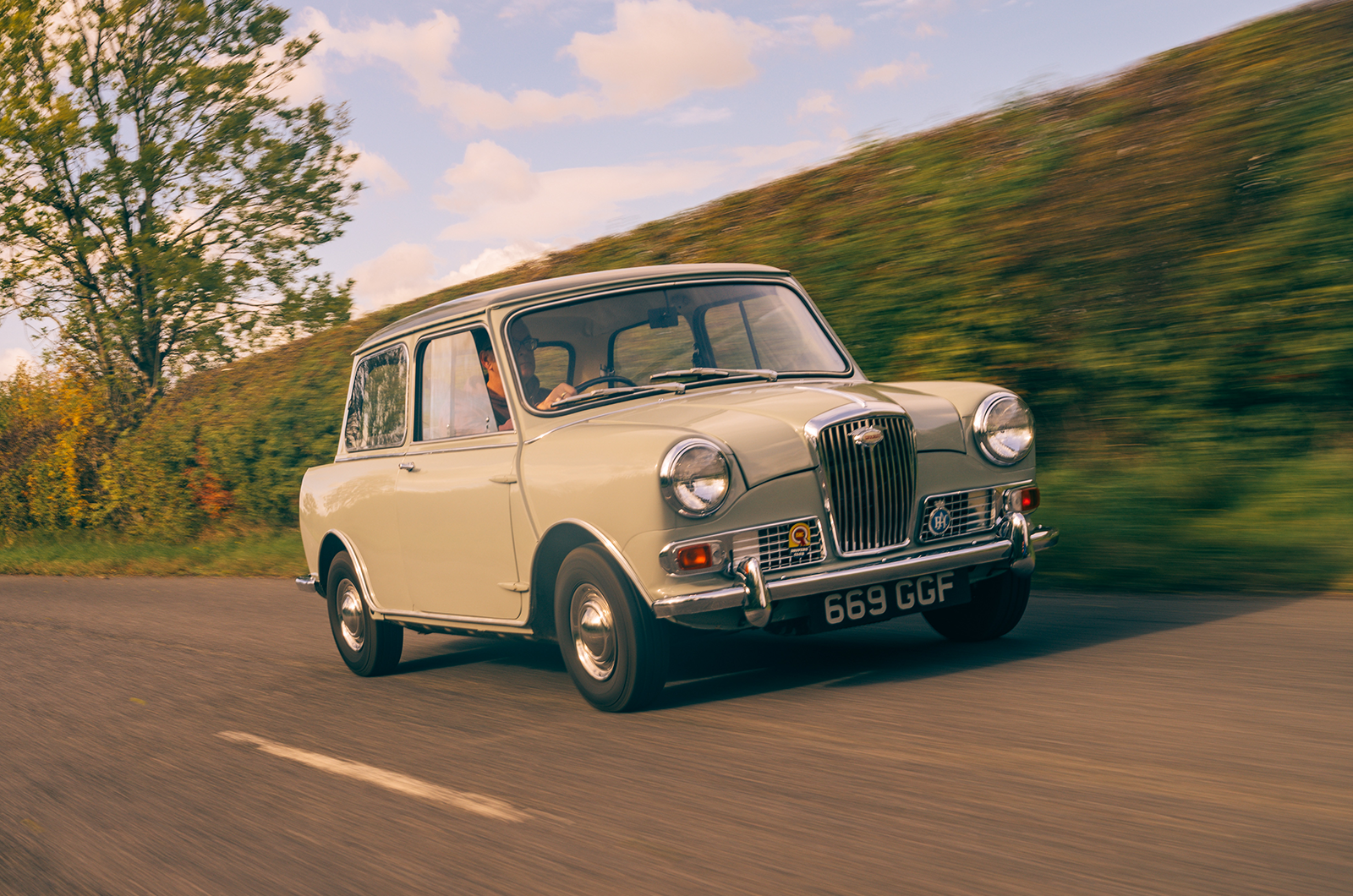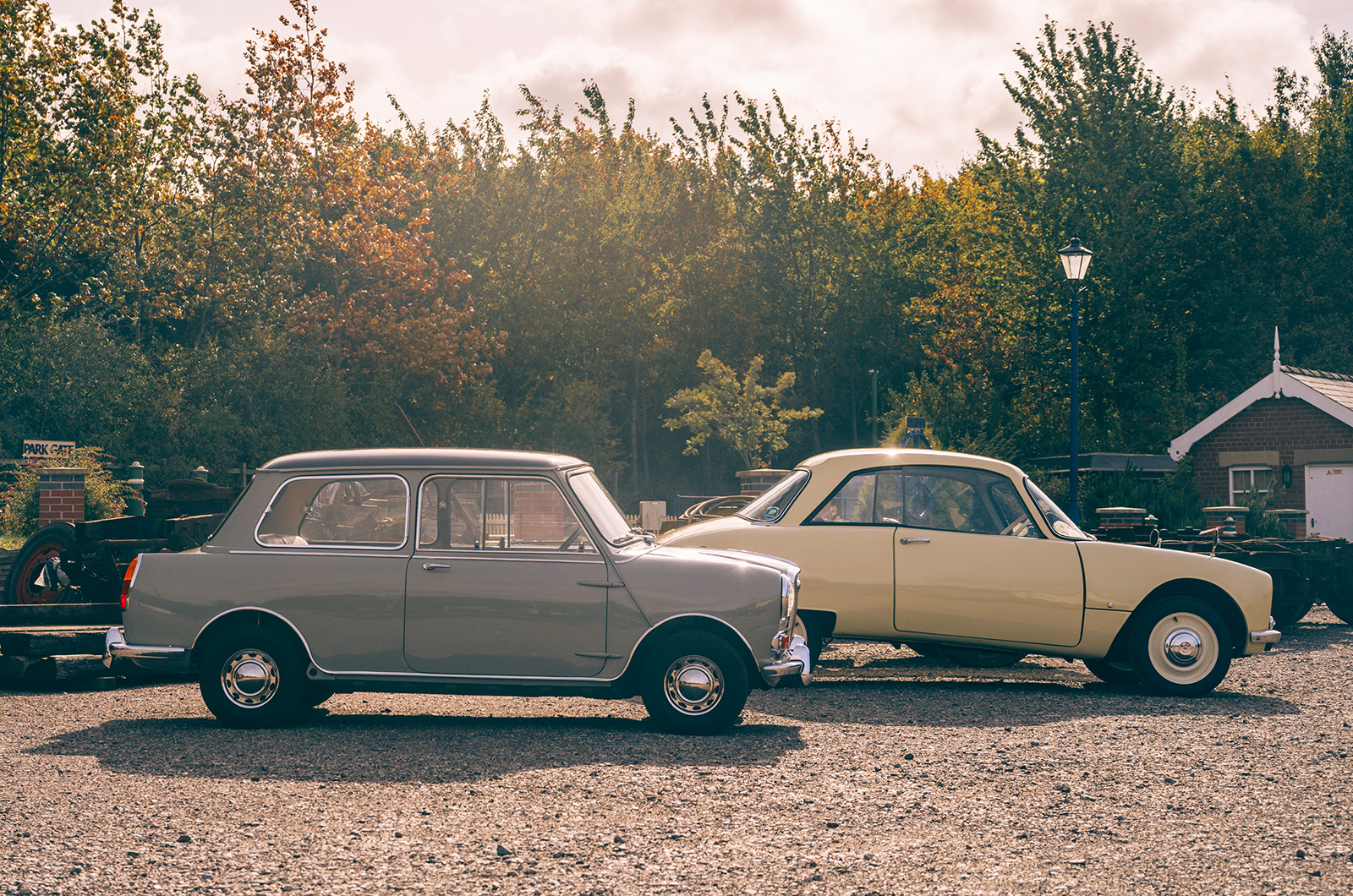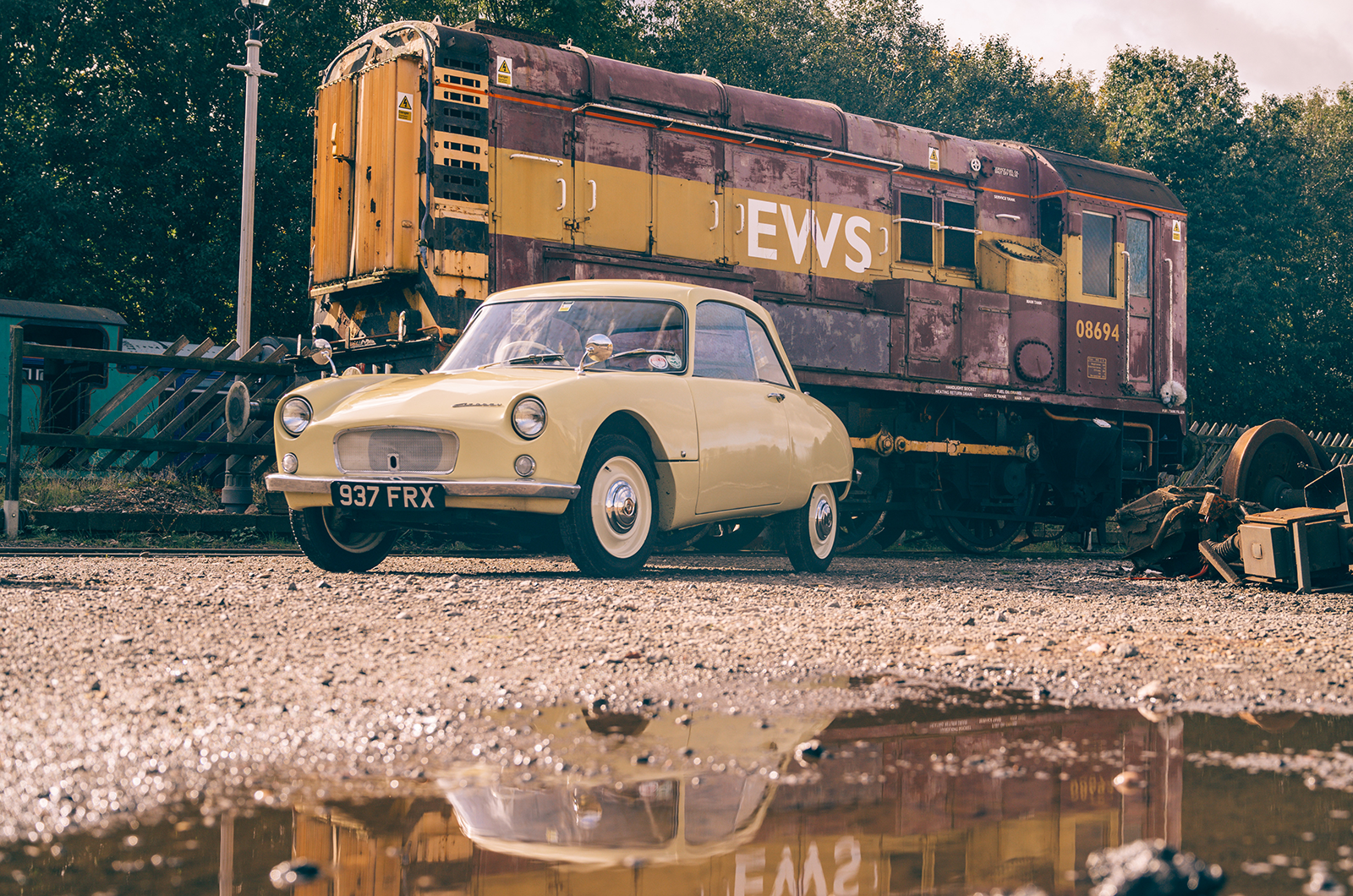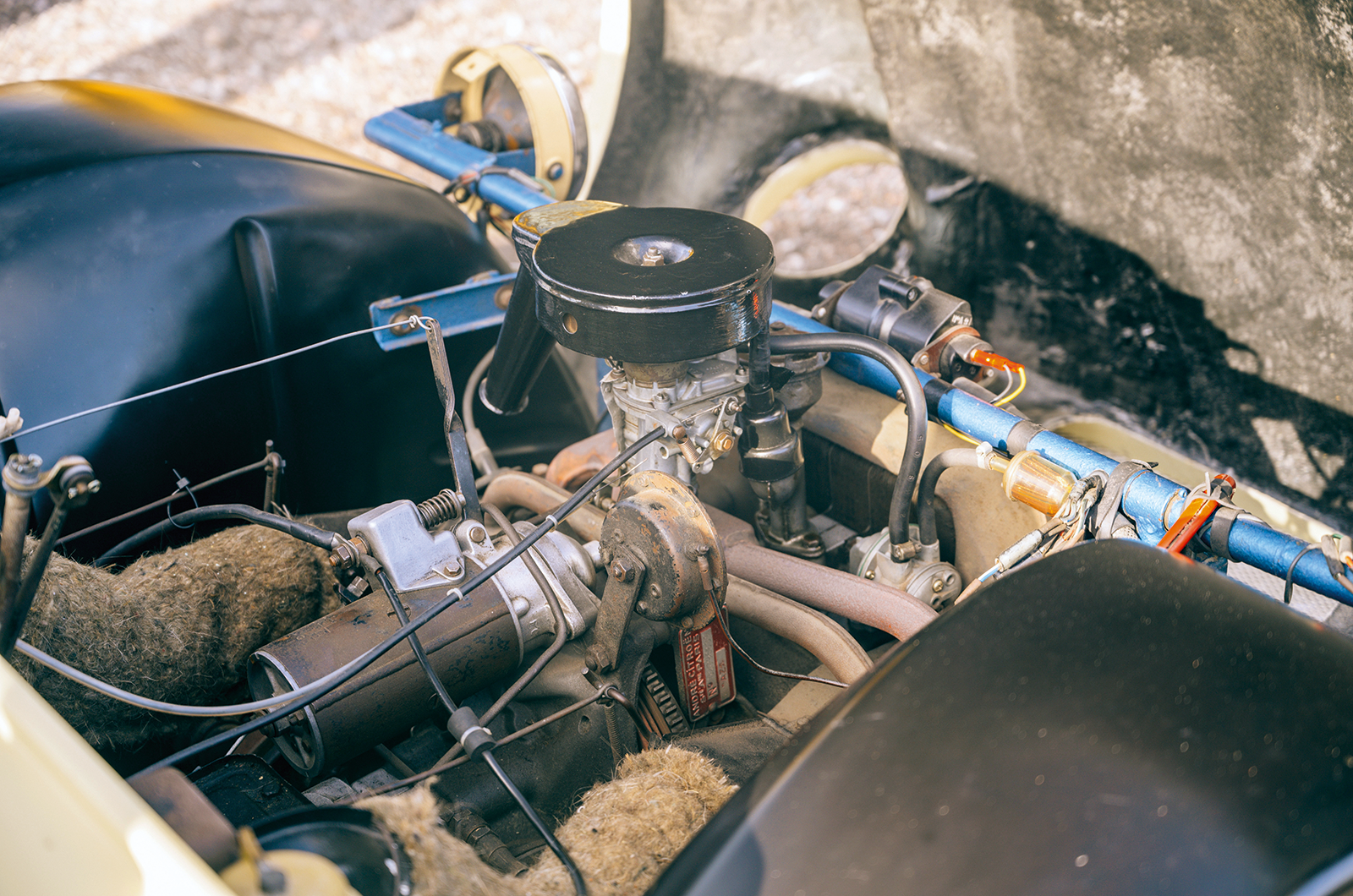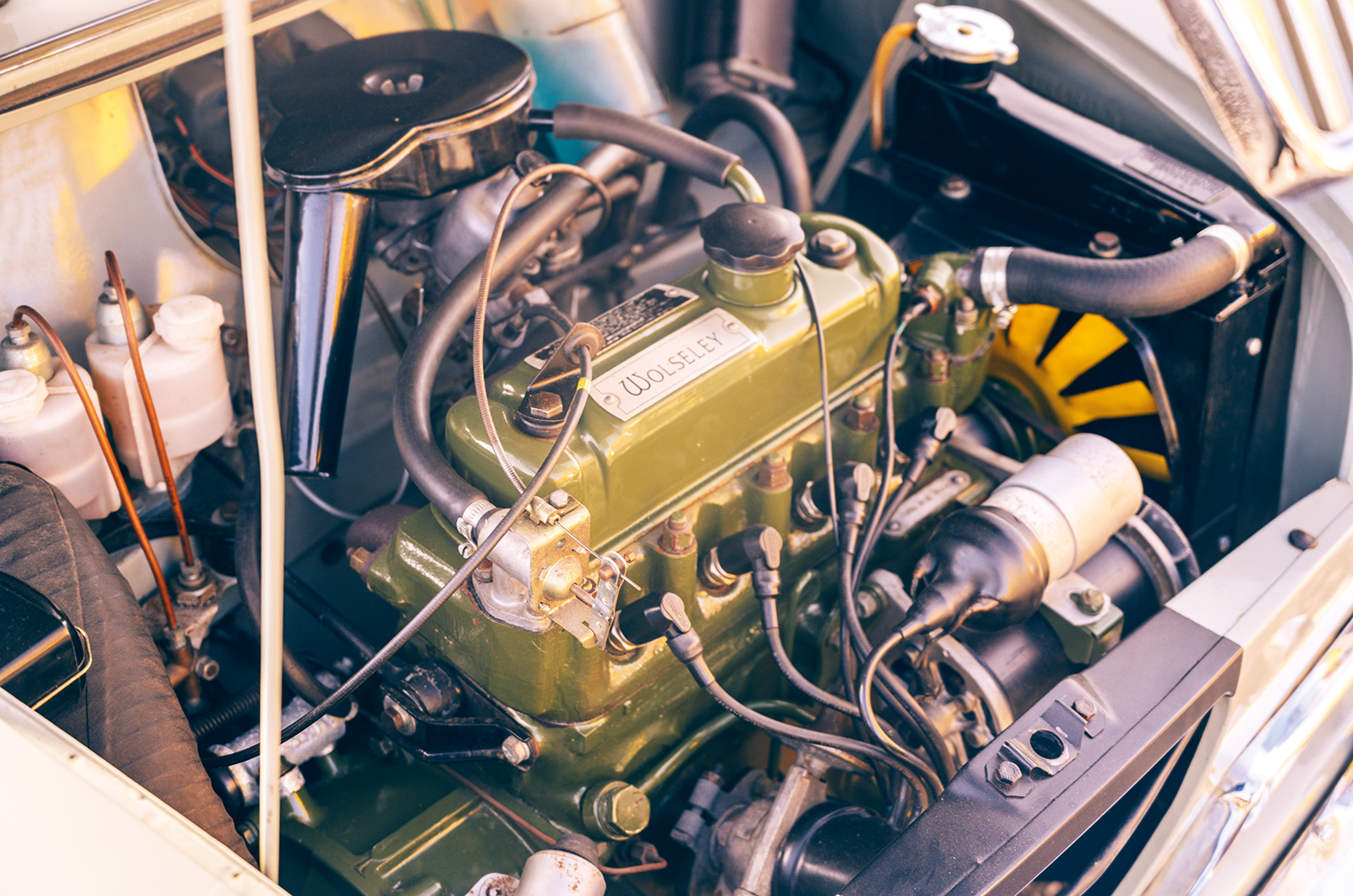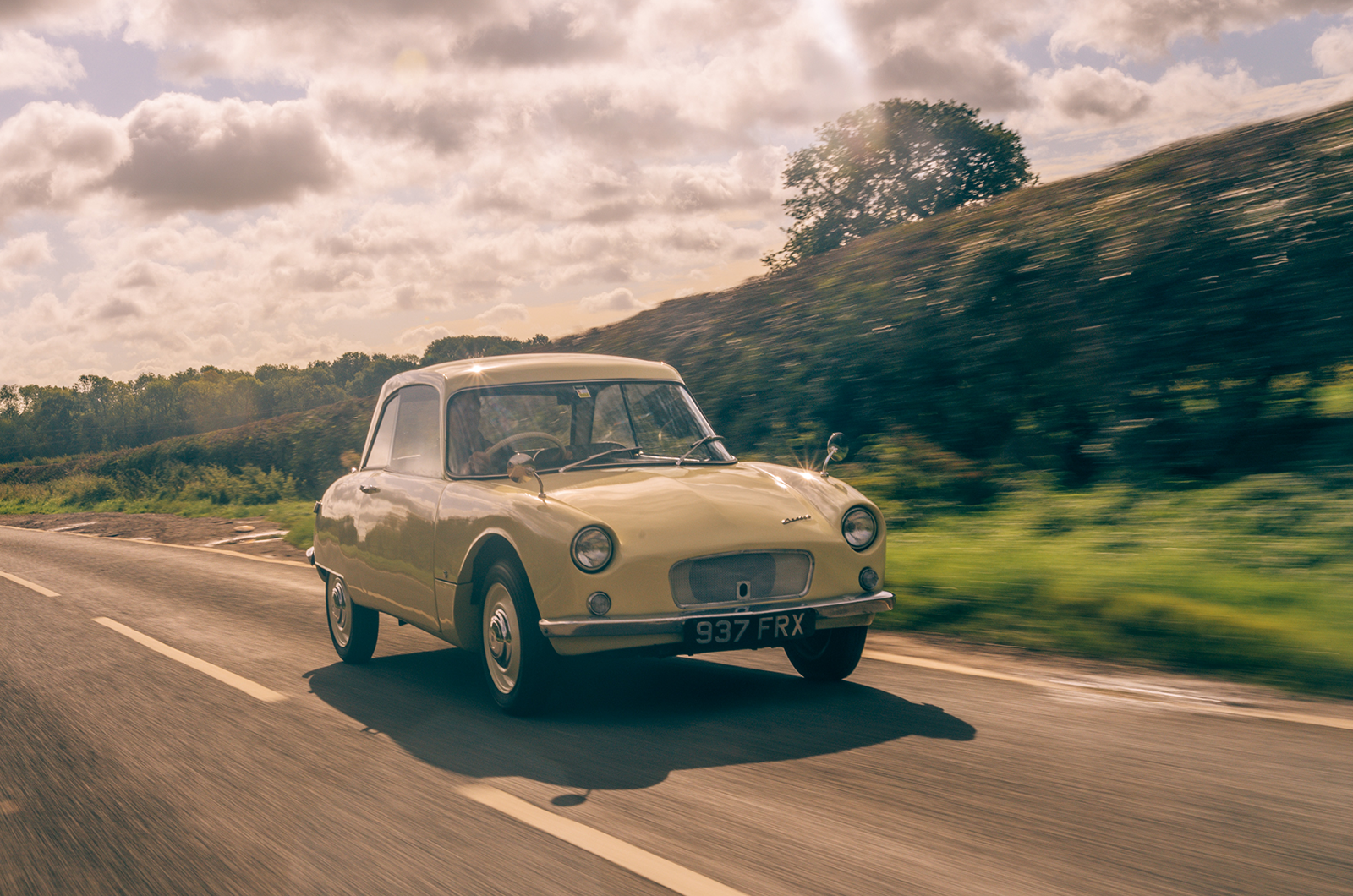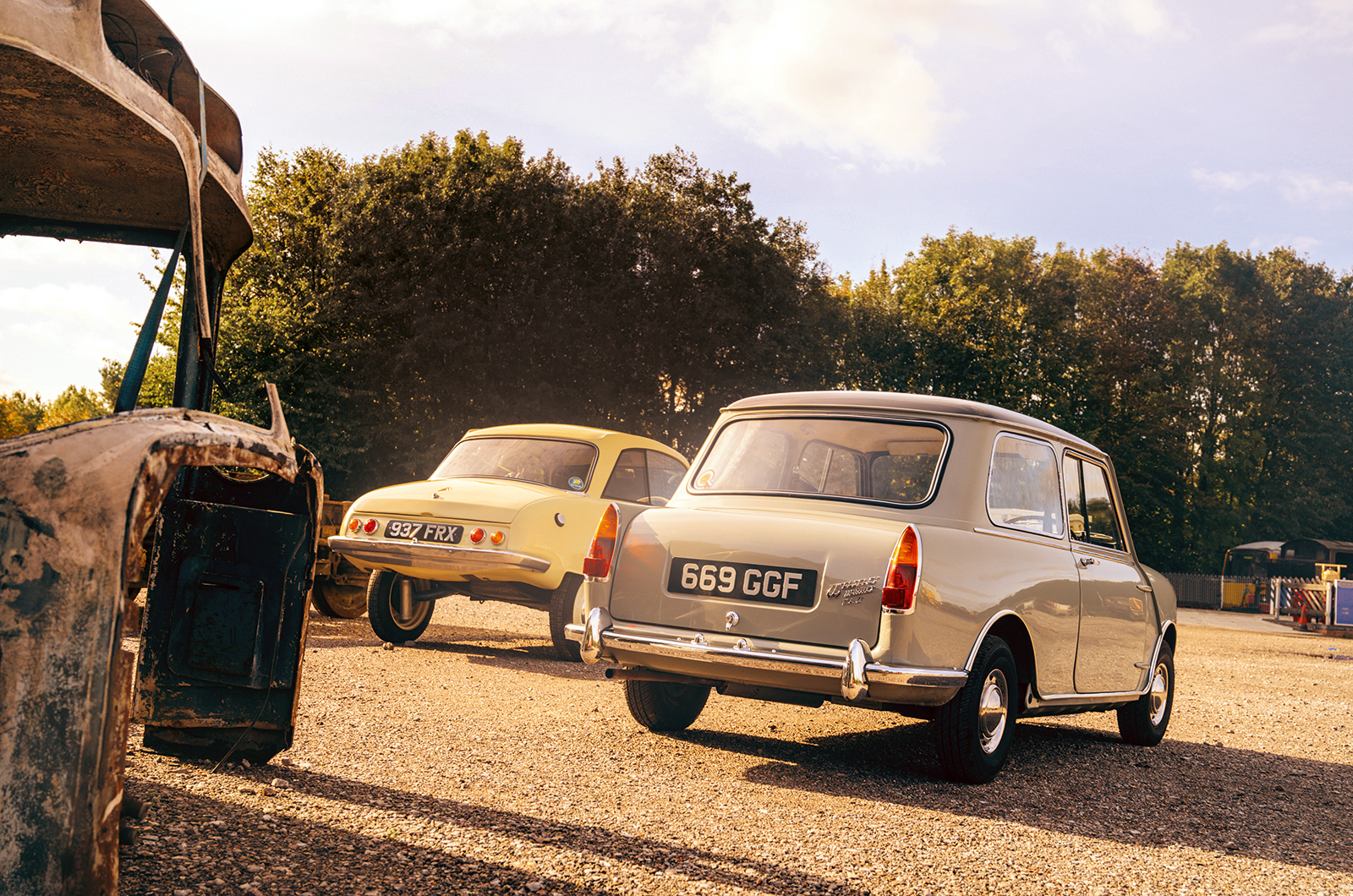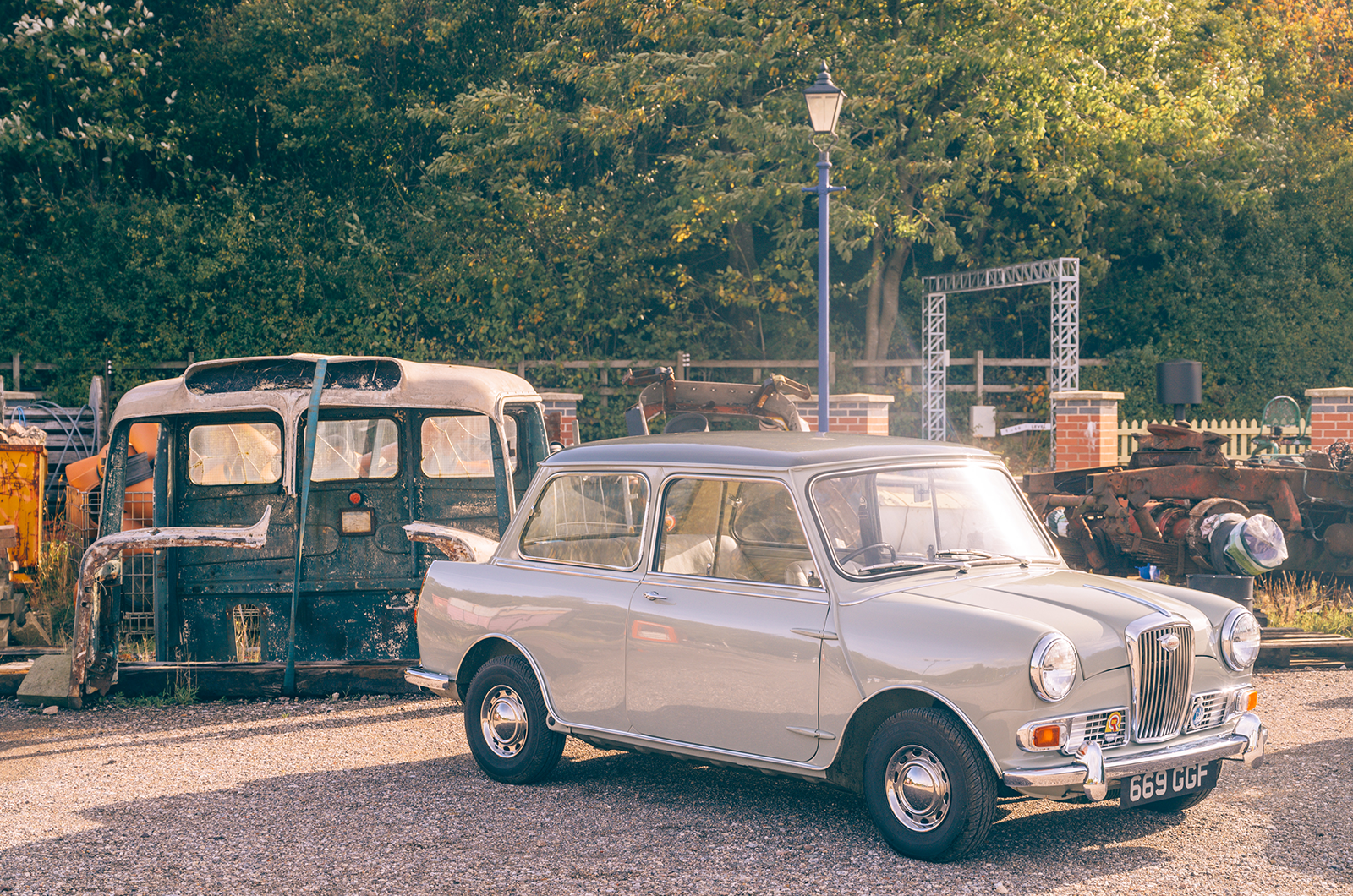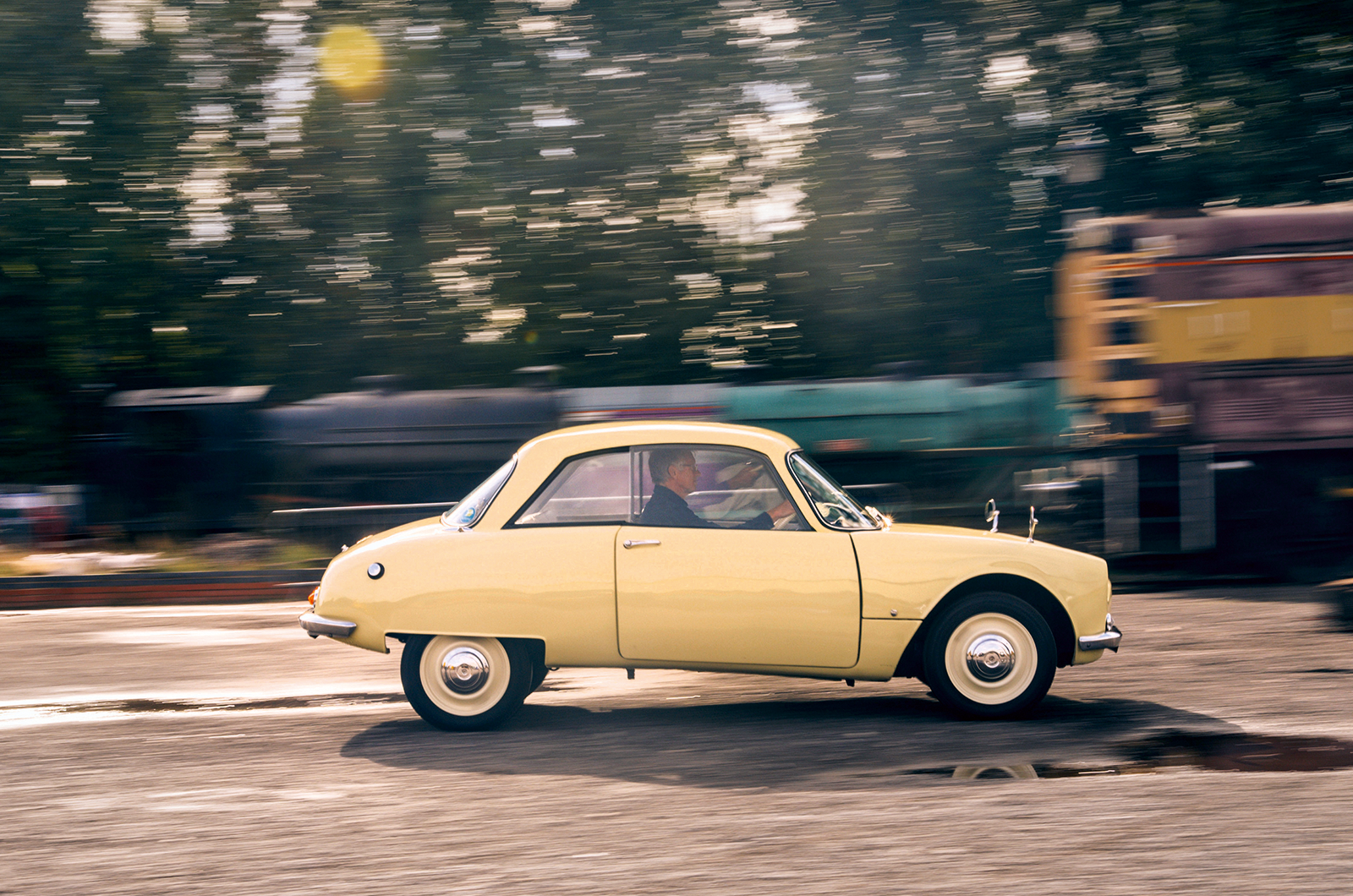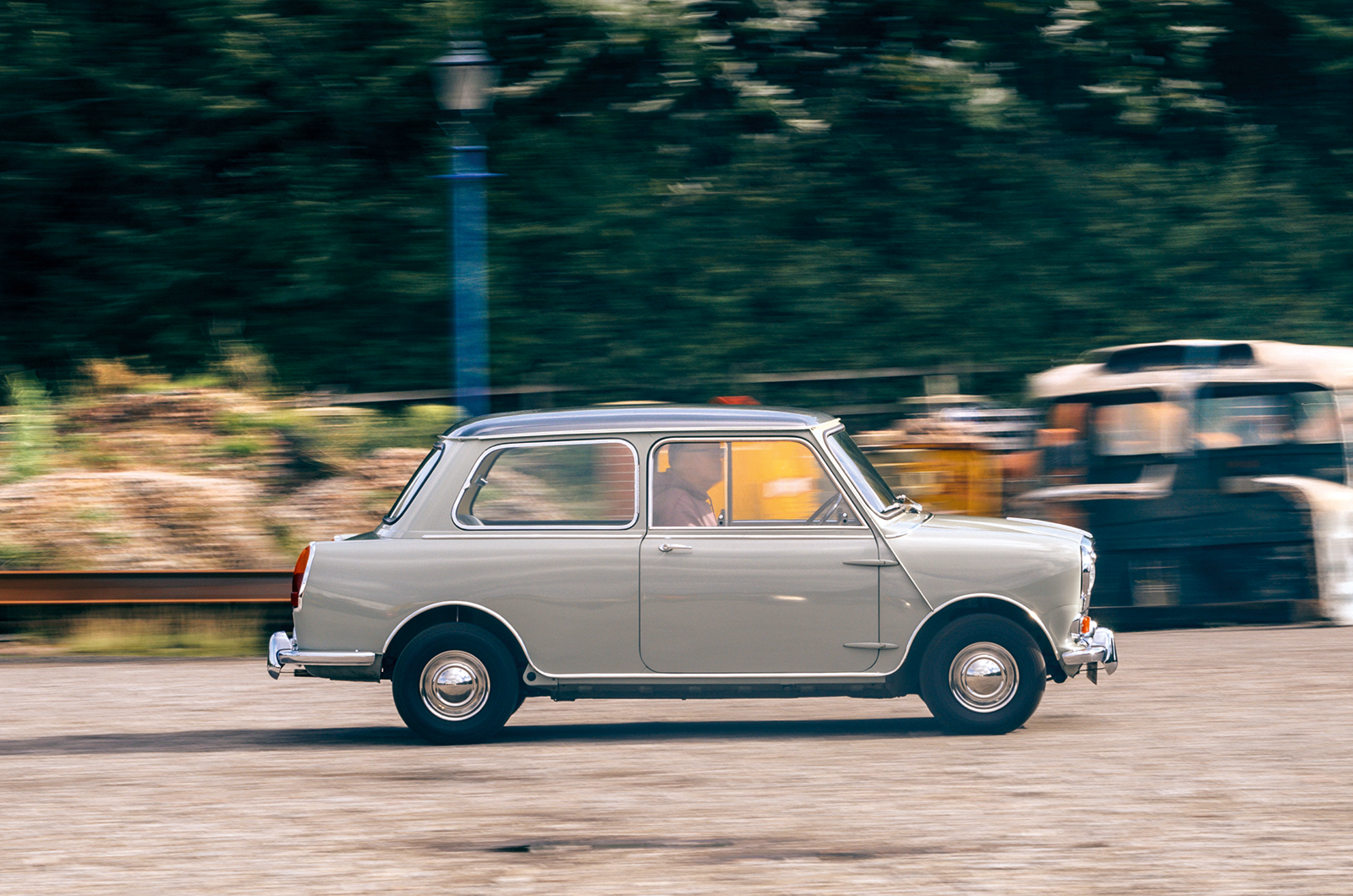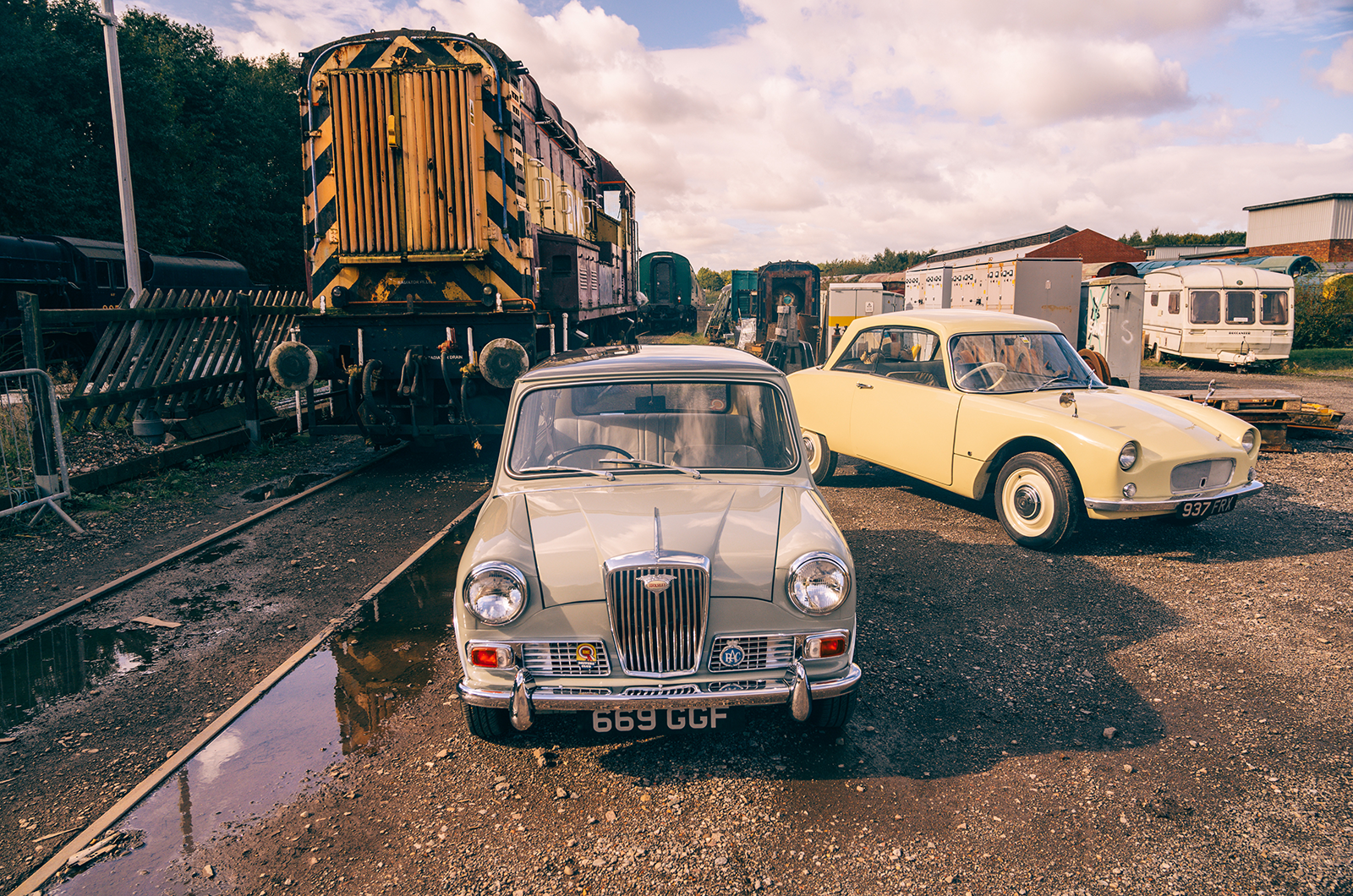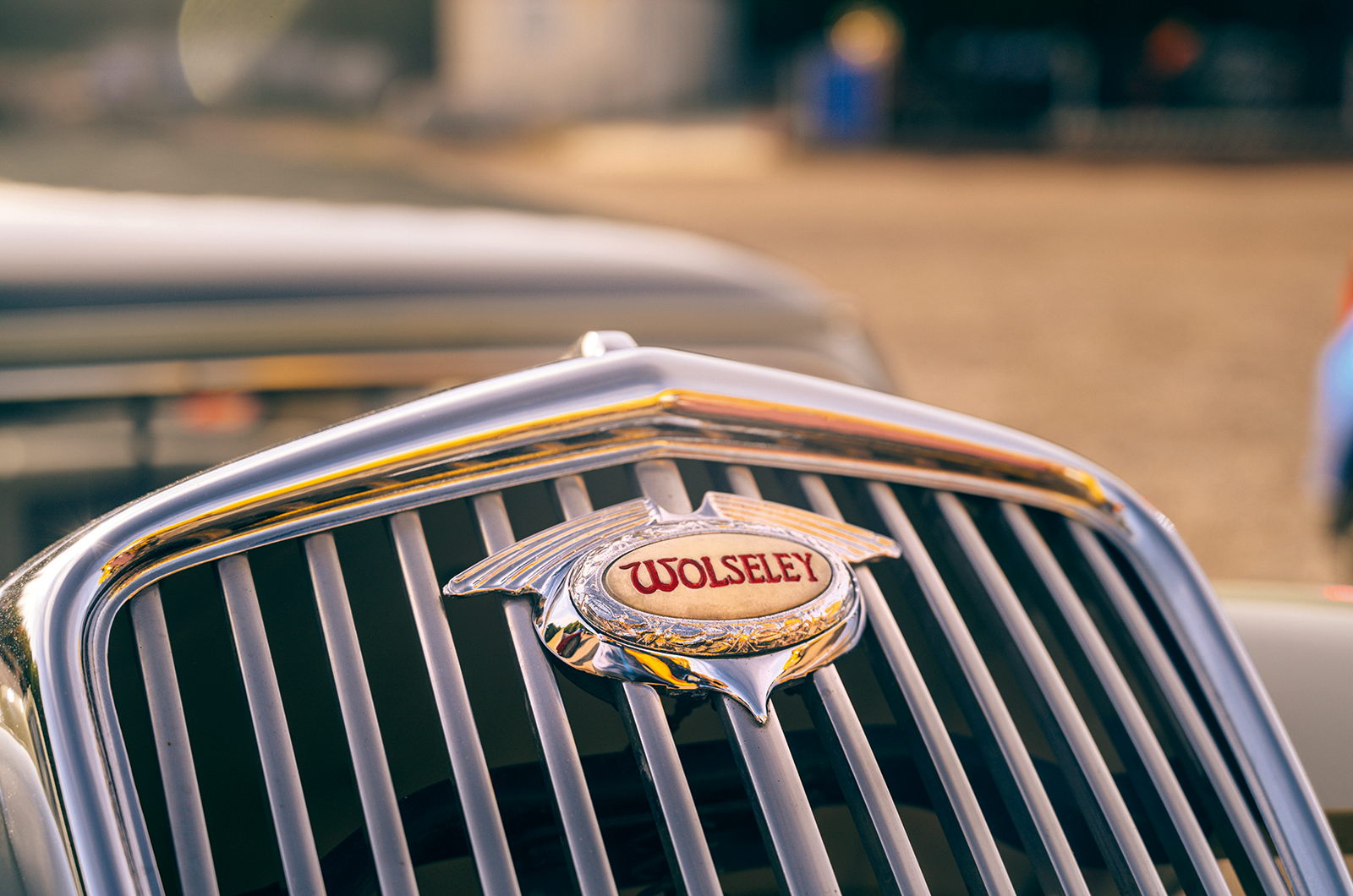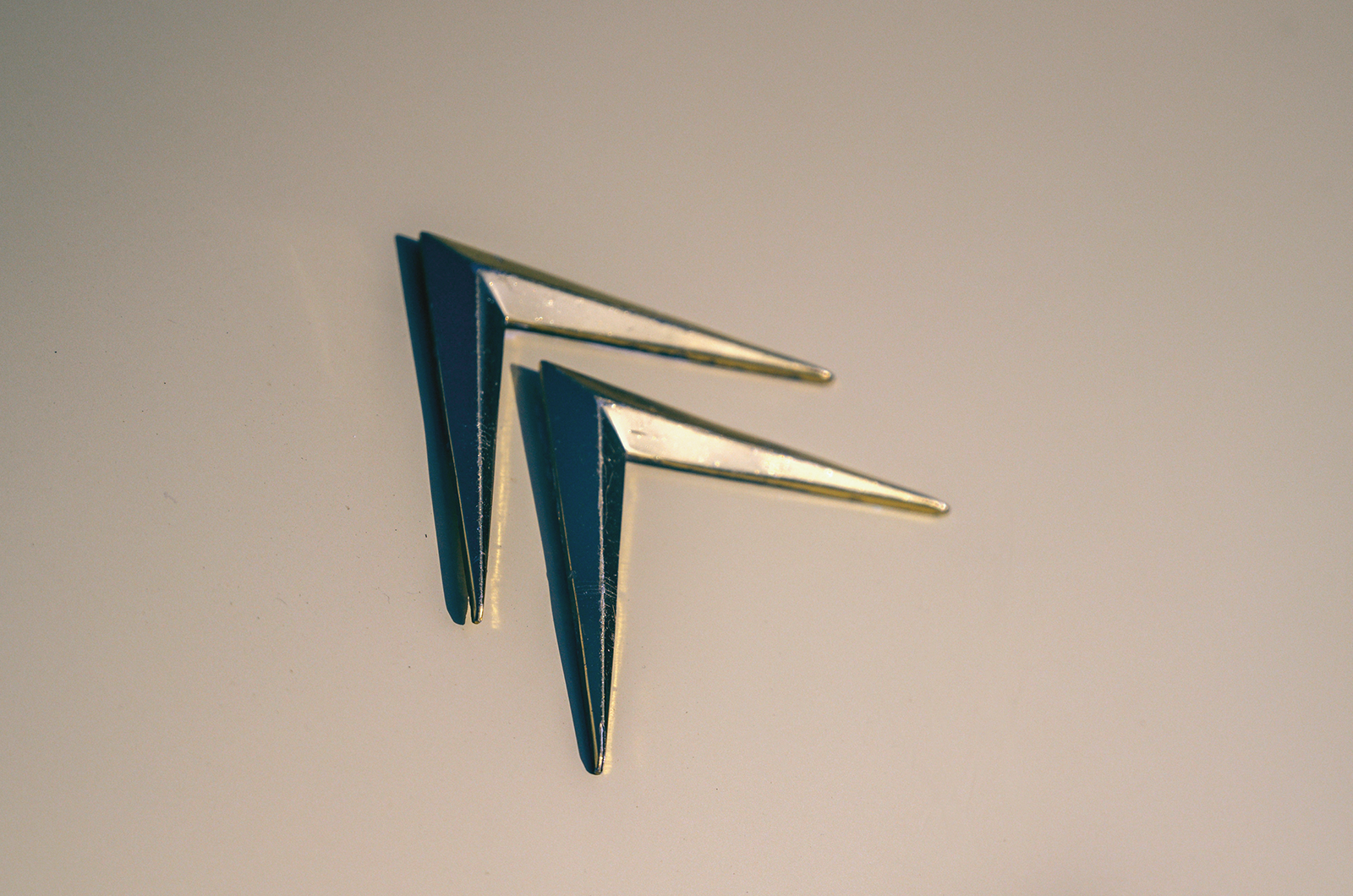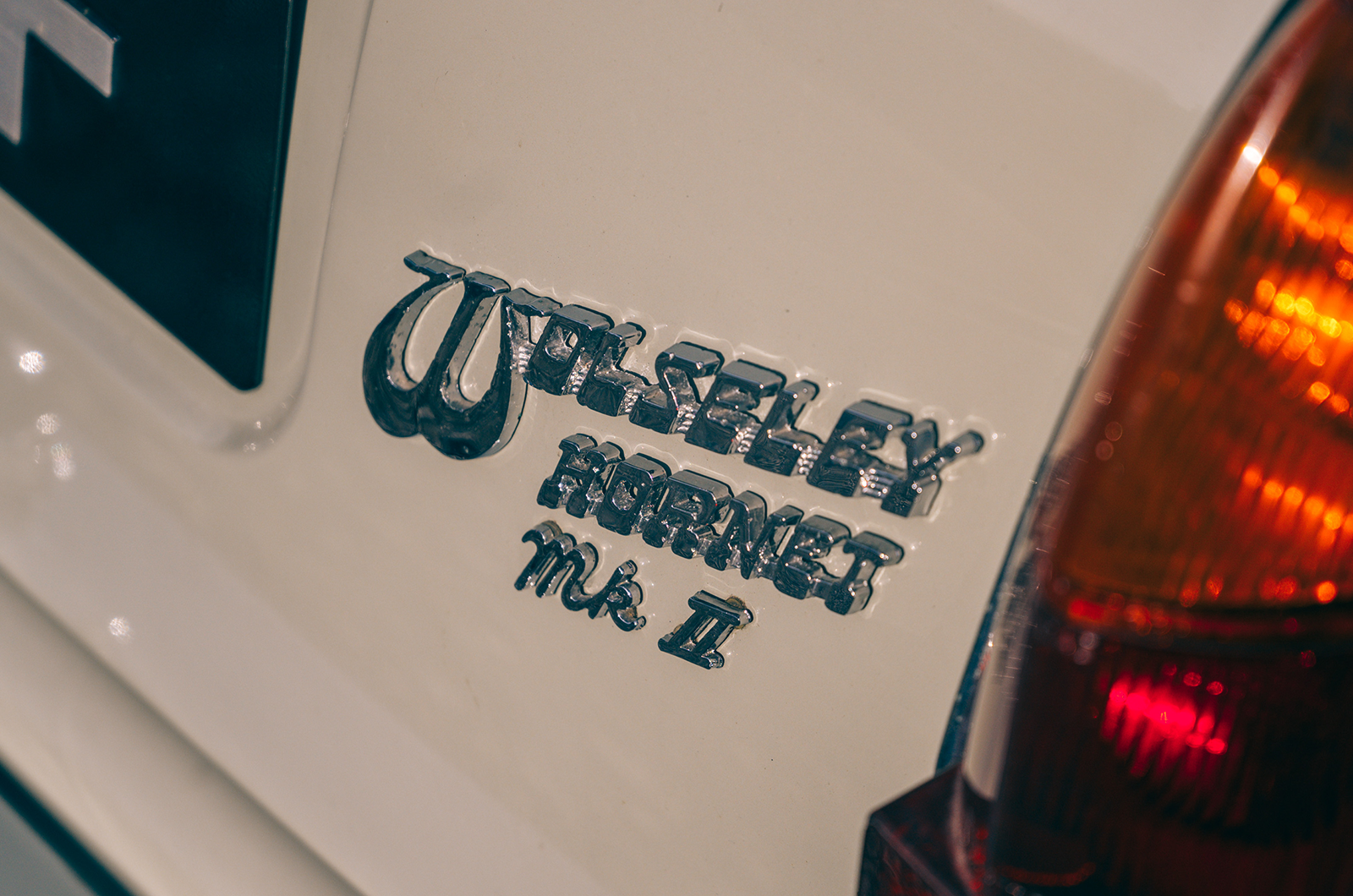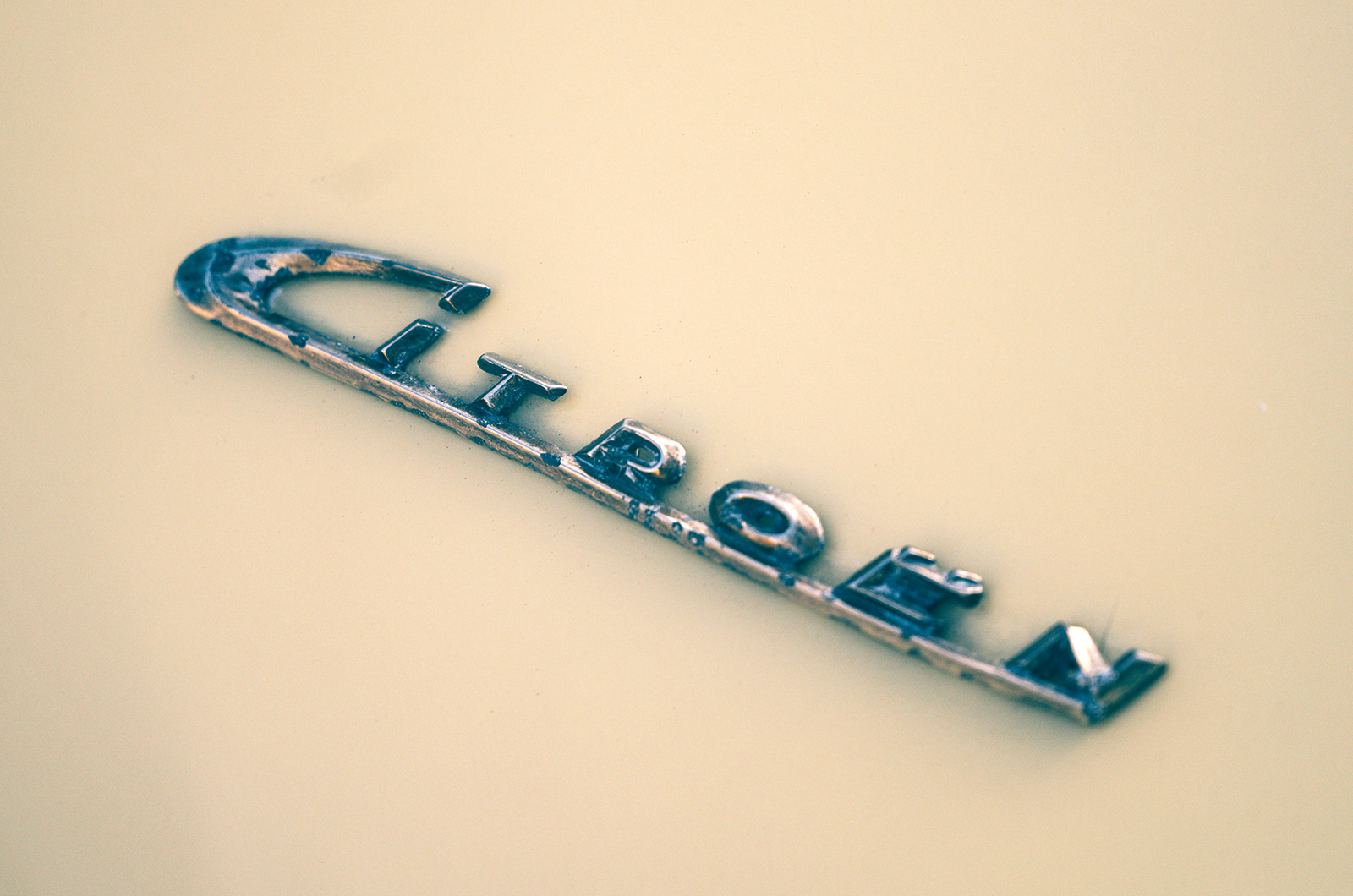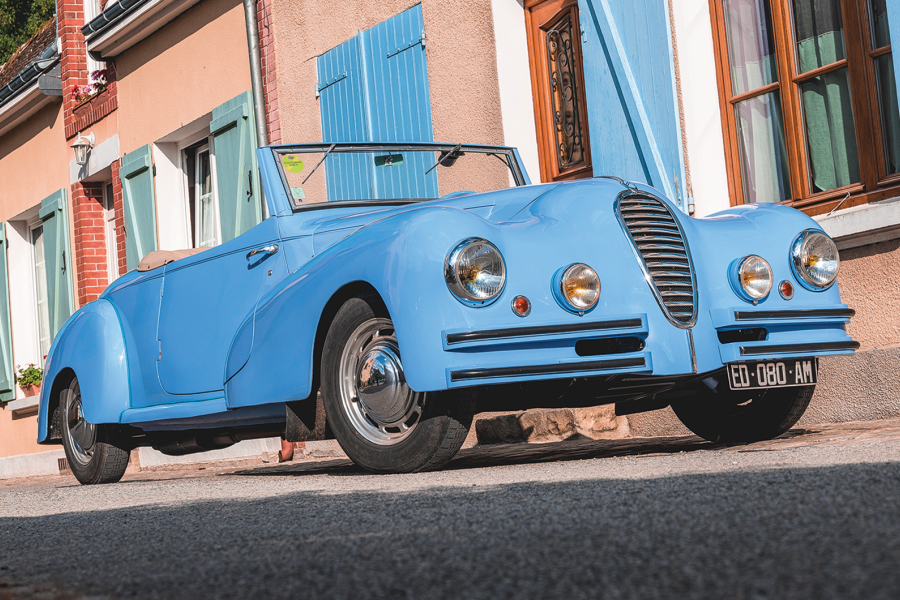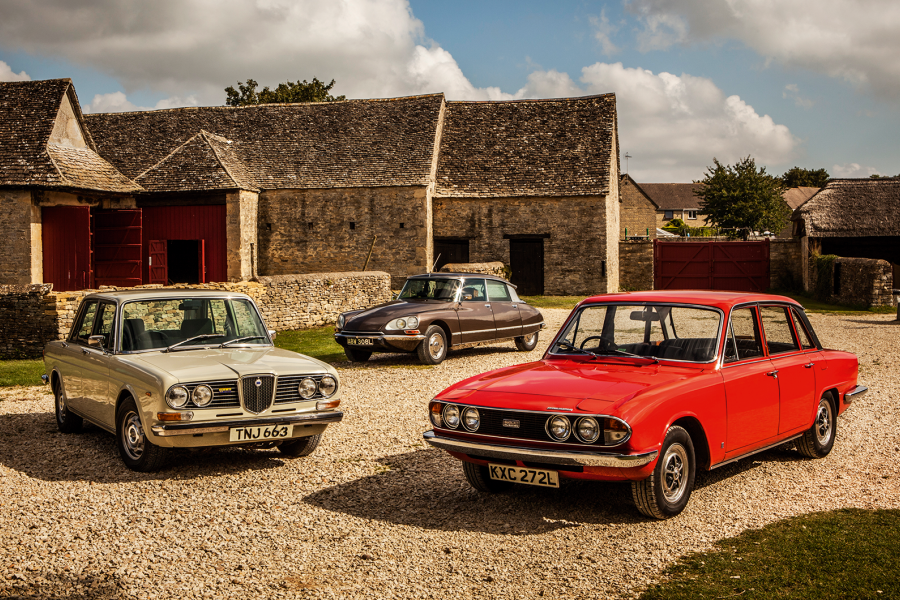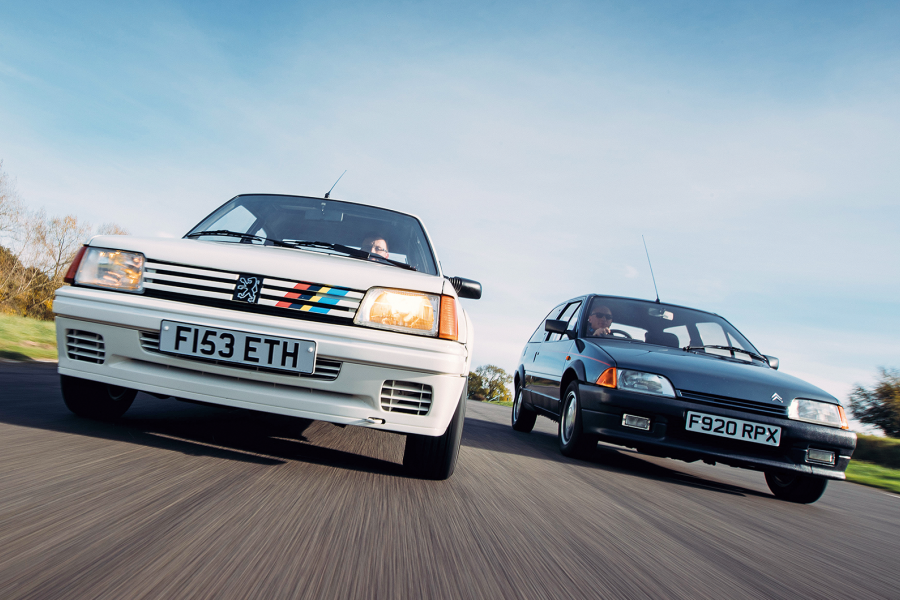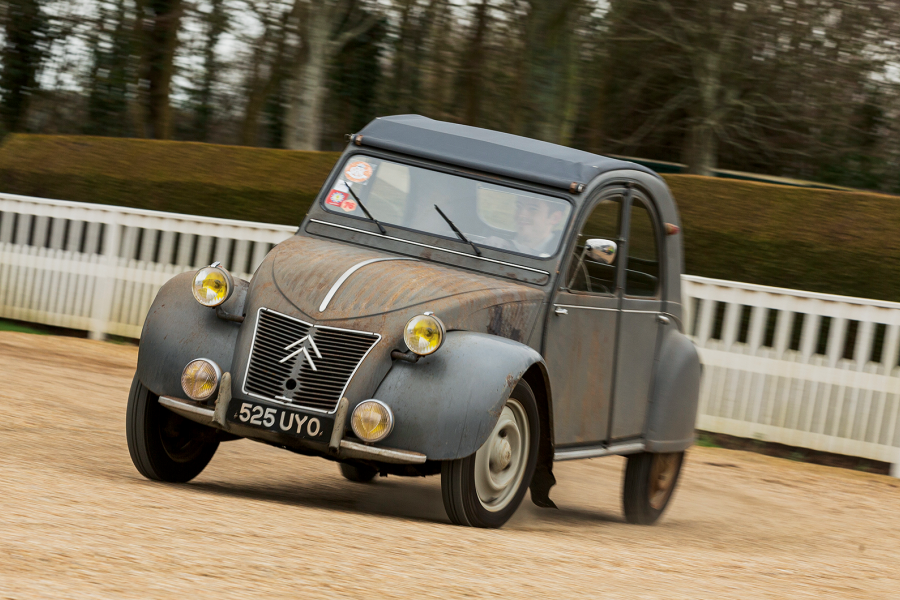Despite the delicate appearance, a combination of the multiple-section moulded hull and a metal floor meant that it was nearly 2cwt (100kg) heavier than a 2CV.
Autocar posted a top speed a fraction under 51mph, with 40mph achieved from rest in 31.3 secs – ‘Hills have a considerable influence on the car’s performance,’ it added.
Such complaints were echoed by The Motor, which managed just 44.7mph and grumbled that it was: ‘Difficult to avoid obstructing the normal brisk flow of rush-hour suburban traffic.’
It concluded that the Bijou was: ‘Unlikely ever to kindle the same enthusiasm bordering on fanaticism with which other Citroën models inspire many owners.’
Nothing else on the road looks quite like a Bijou
Whelan believes his Citroën is capable of a heady 47mph, and agrees with both titles: “Compared with anything modern the Bijou does feel sluggish. I would sometimes say that it can be a nuisance to other road users!”
Yet the Citroën offered many advantages to the discerning buyer, with benefits to its 425cc engine. “It will run and run. I’ve only had to adjust the tappets,” points out Whelan. “The handling is great, and the ride is very smooth.”
Another Bijou plus point is the ease of operation of the three-speed transmission with overdrive. The specification includes a centrifugal clutch that operates on first and second gears and, being a Citroën, the system also works on reverse.
“If you are in slow-moving traffic, you can depress the clutch, select the gear, operate the foot brake and take your foot off the clutch,” explains Whelan. “When the lights change, you just release the brake.”
The high rake of the Bijou means the rear stands 6in higher than the nose
The Slough plant closed in 1966, and the Bijou became a footnote in Deux Chevaux history.
Meanwhile, BMC continued to develop the Elf/Hornet, fitting Hydrolastic suspension in 1964 and offering AP automatic transmission in ’65.
The Mk3 of the following October came with a remote-control gearchange, reclining front seats and fresh-air vents. There were even winding windows some three years before they were found on British-market Minis.
By 1968, the final examples boasted an all-synchromesh ’box shortly before the end of production in late 1969, after 28,455 Hornets and 30,912 Elfs.
The square-nosed Clubman served as their successor, but it was a less ornate form of Mini. Artificial materials replaced timber and leather, and the ethos was more out-of-town Sainsbury’s than gymkhana transport. The true heir to the Elf and Hornet was probably the 1982 Metro Vanden Plas.
The Hornet’s upright grille changes the ‘face’ of the Mini
Both the Wolseley and the Citroën are, in their very individual ways, the perfect second car for the early 1960s.
The Bijou was probably best suited to the solo motorist – a family of four plus holiday luggage would find some difficulty in actually leaving their driveway.
Had Citroën decided to use the 602cc engine it might have proved an intriguing town car and a better seller in the UK than the Ami 6.
As it is, 937 FRX is a demonstration of the sheer ingenuity of the Slough works and a vehicle that still causes a minor sensation at any classic show.
The contrasting profiles highlight the dainty proportions of both these classic cars
The Wolseley has – somewhat ironically, given its image – too often been the victim of automotive snobbery.
For many years enthusiasts tended to dismiss the Hornet and its Elf twin as a minor joke compared to the other major new Mini of 1961, the Cooper.
The standard narrative was that the racy Mini not only redefined rally competition, but also became the epitome of ‘Swinging London’ transport.
The Wolseley and Riley, meanwhile, were merely the embodiments of faded mock gentility, forever trapped in 1954.
‘Both the Wolseley and the Citroën are, in their very individual ways, the perfect second car for the early 1960s’
The truth is that the Cooper and the Elf/Hornet had equally important roles and each carved a distinctive niche.
Caunt regards the Wolseley as streets ahead of other Minis of that time, and very much a car for the 1960s. “It was perfect for a Mildred Roper-style TV housewife,” he says.
Alternatively, the Wolseley dates from that remote decade when sales brochures could suggest a Hornet was ideal for: ‘The hopping, shopping, bargain-grabbing hustle of the High Street.’
Leaving the Citroën as perfect weekend transport to the local coffee bar – provided you don’t live near any inconvenient hills.
Images: Olgun Kordal
Thanks to The Deux Chevaux Club of Great Britain; Great Central Railway
Factfiles
Wolseley Hornet
- Sold/number built 1961-’69/28,455
- Construction steel monocoque
- Engine all-iron, ohv 998cc ‘four’, with single SU carburettor
- Max power 38bhp @ 5250rpm
- Max torque 52lb ft @ 2700rpm
- Transmission four-speed manual (all-synchro from 1968) or AP auto, FWD
- Suspension independent, at front by wishbones rear trailing arms; rubber-cone springs and telescopic dampers or Hydrolastic f/r
- Steering rack and pinion
- Brakes Lockheed 7in drums
- Length 10ft 10in (3302mm)
- Width 4ft 7½in (1410mm)
- Height 4ft 4½in (1334mm)
- Wheelbase 6ft 8¼in (2038mm)
- Weight 1428lb (649kg)
- 0-60mph 24.1 secs
- Top speed 78mph
- Mpg 33-50
- Price new £556 7s 1d
- Price now £3-12,000*
Citroën Bijou
- Sold/number built 1959-’64/211
- Construction rectangular-tube chassis, welded floor; glassfibre body
- Engine all-alloy, ohv 425cc flat-twin, with single Solex carb
- Max power 12bhp @ 4000rpm
- Max torque 17lb ft @ 2500rpm
- Transmission three-speed manual with overdrive, FWD
- Suspension independent, at front by single leading arms rear single trailing arms; underfloor coil springs f/r
- Steering rack and pinion
- Brakes drums
- Length 12ft 11in (3937mm)
- Width 5ft 1in (1549mm)
- Height 4ft 10in (1473mm)
- Wheelbase 7ft 9½in (2375mm)
- Weight 1330lb (603kg)
- 0-40mph 31.3 secs
- Top speed 50mph
- Mpg 49
- Price new £493
- Price now £8-20,000*
*Prices correct at date of original publication
READ MORE
Buyer’s guide: Riley Elf and Wolseley Hornet
Meet the luxury Citroën 2CV
All souped up: Heinz’s Wolseley Hornet
Citroën Ami 6: baroque and roll
Andrew Roberts
Andrew is a long-time contributor to Classic & Sports Car
